





The bold local strategy for nature’s recovery



NATURE’S LEAD
Explore the spectacular wildlife of Mountsorrel & Rothley Marshes
GRASSROOTS CHANGE
Top tips to transform your lawn for blooms, bees and bugs
















The bold local strategy for nature’s recovery



NATURE’S LEAD
Explore the spectacular wildlife of Mountsorrel & Rothley Marshes
GRASSROOTS CHANGE
Top tips to transform your lawn for blooms, bees and bugs










The warmer months breathe colour and life into the natural world. From bu erflies fli ing above our grasslands, reptiles basking in the sun, to glow-worms lighting up the evenings –everything seems alive and busy.
Longer days mean more time to visit one of our nature reserves and admire the remarkable wildlife found within. When I visit a reserve, I o en picture how they could be extended to connect wildlife across the landscape. In fact, an ambition to build a network for nature’s recovery lies at the heart of what we do.
In this issue you can read about our work with local partners to develop a Local Nature Recovery Strategy. The strategy will agree priorities for nature’s recovery in our counties and propose targeted actions in locations where the biggest impacts are to be had. The Wildlife Trusts have taken a landscape-scale approach for decades, positioning us as a trusted source of advice and support.
Leicester County Council is coordinating our Local Nature Recovery Strategy, and we are working closely with them to ensure the best outcome for nature. It’s an incredible opportunity to turn the tide and one we are determined to get right.
While I hope you get to a reserve this summer, remember that gardens can also be great places to enjoy wildlife. At our last AGM guest speaker Professor Dave Goulson talked about the beauty and importance of insects and how to make gardens more insect friendly. I’m now a convert to ‘No Mow May’ and will instead use the time to search for bugs with my daughters (and probably the dog!).
I hope you enjoy your copy of Wild magazine and revel in the magic of this wonderful time of year.
Mat Carter CEO
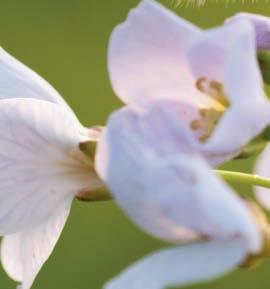
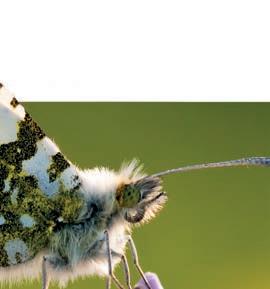


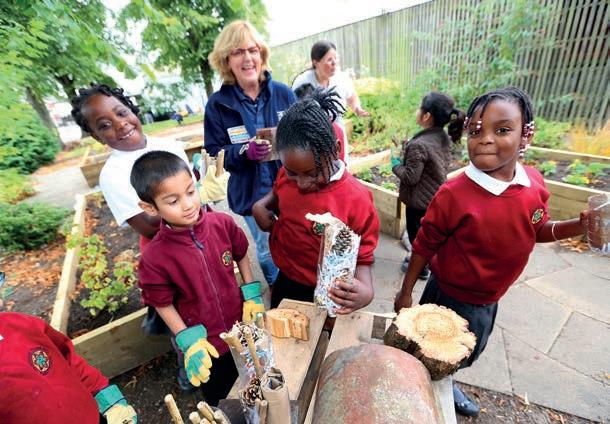
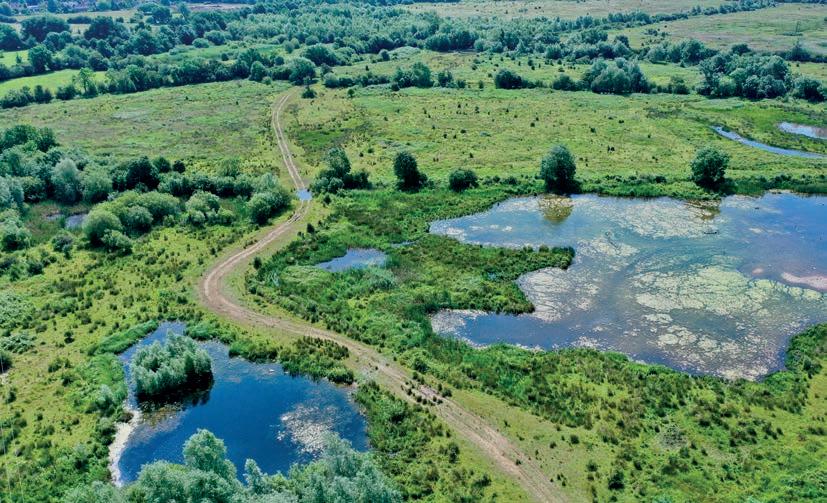

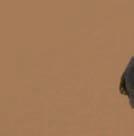



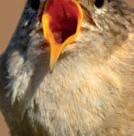


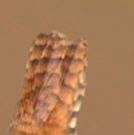
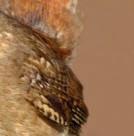
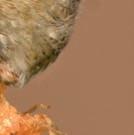
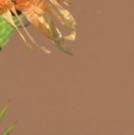
10
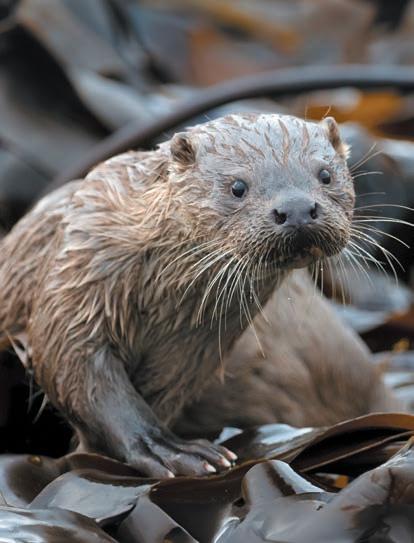
30
4 Wild news
All the latest stories from LRWT and around the country.
10 Your Wild Summer Fall under the spell of the fabulous foxglove.
12 The heat is on
How nature can be a powerful tool in ghting climate change.
14 Recovery position
The local plans being made to speed nature’s recovery.
18 Summer stroll
Explore the wildlife of Mountsorrel & Rothley Marshes.
20 Migrating birds
Six places to admire the beauty of our summer visitors.
22 Wild thoughts
Maddie Moate on technology, wildlife and children.
24 Going against the flow
Why pollution continues to threaten our waterways.
26 Wildlife gardening
Plant some herbs and do your bit for garden wildlife.
28 My wild life
Maddy Gage shares the importance of nature to her family.
30 The state of nature
The latest snapshot of UK wildlife and its implications.
6 ways to get involved with your local Wildlife Trust
Campaign
Play an essential role in raising awareness and lobbying on local and national issues. lrwt.org.uk/campaign
Fundraise From taking part in a sponsored run to organising a tea party, you could help us raise funds. lrwt.org.uk/fundraise
Volunteer Could you offer your skills and time to help look a er local wildlife? We would love to hear from you.
lrwt.org.uk/volunteer
Businesses Join as a corporate supporter of LRWT and put wildlife at the heart of your business.
lrwt.org.uk/corporate
Local groups
Join one of our friendly local groups and make a difference for wildlife near you. lrwt.org.uk/local-groups
Legacy Leave a lasting legacy for local wildlife by remembering the Trust in your Will. lrwt.org.uk/legacy
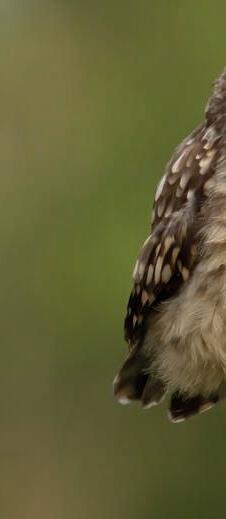
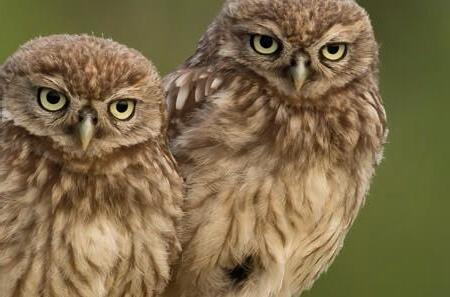

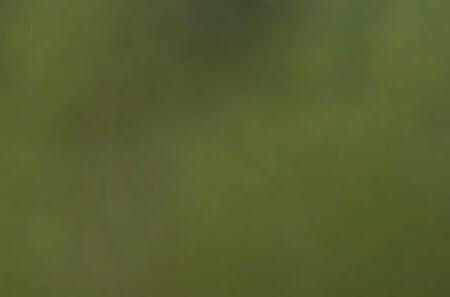
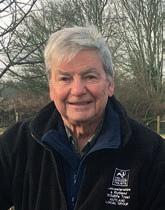
Anthony Biddle
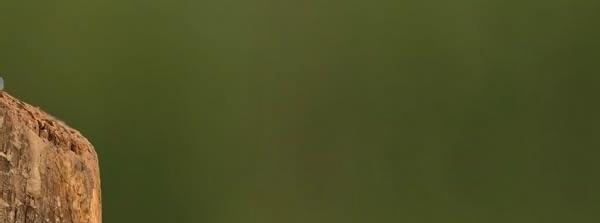
Have you ever thought about becoming more involved with your local Wildlife Trust?
We are looking for people with a passion for wildlife in Leicestershire and Rutland to join our Council of Trustees. Can you share your skills to make a difference?
The Trustees who make up LRWT’s Council play a vital role in the life of our charity. Trustees are ultimately responsible for the governance of the organisation, development of its strategic direction, and oversight of the charity’s key decisions. It means our Council must reflect a wide range of skills and expertise.
Trustees give their time and involvement on a voluntary basis. They will be expected to a end the Council’s four meetings each year, as well as the AGM and any additional meetings on specific topics that may be required on occasion. Trustees will need to allocate
enough time to prepare for meetings by reading the papers provided, so they can participate fully in discussions. They may also be asked to represent the Council at certain events and external meetings.
The benefits are both ways though, with 96% of Trustees across the charitable sector saying they learned new skills in their roles.
No previous experience as a Trustee is required and we can offer you all the training and mentoring you might need. So why not use your skills to help us achieve our goal to bring wildlife back, empower people to take meaningful action for nature, and create a society where nature ma ers?
Applications are welcome from people of all backgrounds, and we especially encourage applicants who will help us be er reflect the diversity of our communities. To find out more, including full details of how to apply, please visit lrwt.org.uk/trustees
I have always been fascinated by nature and decided to put myself forward as a Trustee in the late 1970s. Since then, I have found considerable satisfaction helping grow the Trust from its early days to its present position as a fantastic organisation ghting for wildlife and improving nature conservation across the two counties.
My role as a Trustee is certainly varied and I feel fortunate that I can use my professional skills to help the Trust develop. I would encourage anyone wishing to contribute to the Trust’s work in this way to step forward.

Abigail Wilkin
I wanted to become a Trustee because Leicestershire and Rutland Wildlife Trust is so vital in helping local nature ourish. The idea of becoming a Trustee was daunting at rst; in fact, I almost didn’t apply! But I’m so glad I gave it a shot, because being a young person hasn’t held me back.
It’s been a big learning curve, and really rewarding to develop new skills and con dence. By bringing plenty of enthusiasm and fresh perspectives, it is amazing to feel like I am making a real di erence.
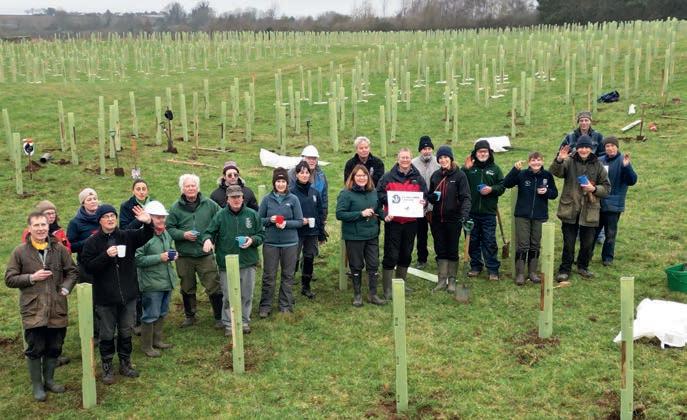
More than 13,000 trees have been planted to create new woodland at Holwell nature reserve. The trees were planted across a six-hectare field throughout December and January by members of the local community, with willing volunteers turning up in all weathers to get the saplings into the ground.
Jack snipe
Among those who helped were children from Li le Rascals Day Nursery, staff from local businesses, as well as our own staff, Trustees and volunteers. On one planting day we welcomed three generations of the Griffins, a local family who planted an entire area of cherry trees while donating a further £450 to the project.
Holwell is home to two species of bat, many wild flowers and mammals, and a stunning mosaic of habitats. The new trees will connect two areas of existing woodland, creating an improved wildlife corridor between them.
This woodland expansion was made possible thanks to generous grants from the David Cock Foundation and the Forestry Commission through its English Woodland Creation Offer. The Forestry Commission also advised on the best species and planting regime, recommending a mix of tree species with different growth rates that will ensure a robust and diverse woodland over the coming decades. All the species chosen are suited to anticipated changes in the climate.
We would like to thank everyone who took part in the planting sessions. Together you have taken us another step closer to a wilder Leicestershire and Rutland.
If you too would like to help us in our work, we are currently seeking new partnerships and supporters to join us in becoming a voice for nature. We would love to hear from you.
Common lizards have been spo ed at Rutland Water Nature Reserve for the first time in more than 15 years.
More than 50 lizards were moved from a proposed development site in the nearby village of Wing to Lax Hill, at the heart of the reserve, in 2007. Yet despite best efforts to create favourable conditions for the translocated reptiles, the project was considered to have failed as no lizards were found in subsequent surveys. That was until last summer, when numerous sightings of the lizards were reported across Lax Hill, proving the success of the project a er all.
Though widespread, the common lizard is considered to be declining due to habitat loss. Also known as the viviparus lizard, they are unusual in that they give birth to live young rather than laying eggs. Look out for them on sunny days throughout the warmer months when you might find them basking on a wooden fence post or on bare ground or rocks.

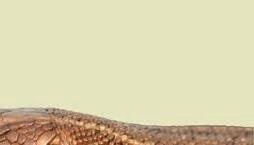


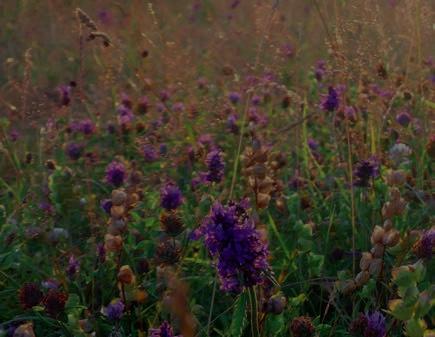
We are incredibly grateful to everyone who donated to the Wild About Our Reserves Appeal. More than £40,000 was raised, with the donor that promised matched funding contributing a full £100,000 on top of this. We are thrilled with the total! Many donations came with heartfelt messages of encouragement, demonstrating how much you all care for local wildlife. Every penny raised will help us continue to protect the wild spaces of Leicestershire and Rutland. Keep an eye out on our socials and make sure you’re signed up to our e-newsletter to stay up to date with how your help will fund much-needed improvement works on our nature reserves.


The ospreys have landed! Maya, our female osprey, returned from her wintering grounds in Africa, touching down on her nest site at Rutland Water on 12 March. Maya has been confirmed as our most successful breeding osprey, having raised 37 chicks to date.
Maya is an unringed bird named a er an abbreviation of the nest site, Manton Bay. Maya’s origins are unknown, but this will mark her 15th year breeding at Rutland Water and her 10th season with her partner 33 (11), who arrived within 24 hours of Maya. The pair’s timely arrival marks the earliest record of a breeding pair of ospreys together on a nest at Rutland Water.
The Trust has been working with Anglian Water on the Rutland Osprey Project since 1996. The project aims to reintroduce these majestic birds of prey to the area, providing a base from which they might spread across England. Last September we celebrated our 250th successfully fledged osprey chick – a major milestone for the project.
Visitors to the Lyndon Visitor Centre at Rutland Water can admire the birds from one of the nearby birdwatching hides, while those at home can tune in to the live nest cams. Perhaps the best way to experience these incredible birds is on an Osprey Cruise aboard the Rutland Belle – see page 35 for this year’s sailing dates.
For more on the Rutland Osprey Project, including the nest cams, details of other ways you can get involved, or to donate to our Rutland Ospreys Future Fund please head to lrwt.org.uk/rutlandospreys
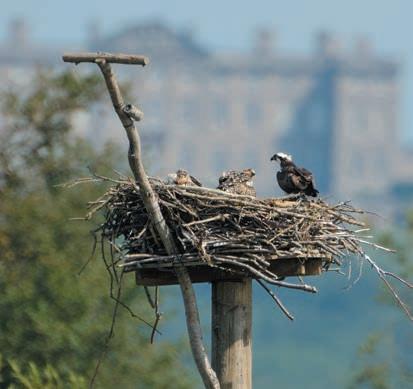
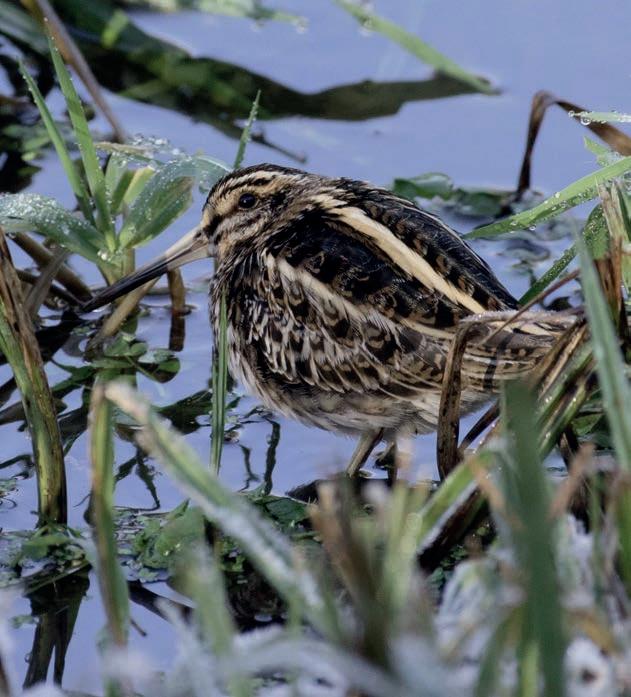
A novel method for tracking wildlife has just gone live at Rutland Water Nature Reserve!
The Motus project is a global collaboration to track the movements of birds and other small flying animals using radio telemetry. Bats, birds and even creatures as small as bu erflies can be fi ed with tiny tags that emit a radio signal, enabling us to shed light on the incredible journeys they make.
Motus connects a community of conservation organisations and researchers through a network of monitoring stations at key wildlife sites. While the network is well established in continental Europe and North America, the UK has only recently joined the movement and Rutland Water Nature Reserve is the latest site in the country.
Rutland Water is an
internationally important site for overwintering waterfowl, and it is hoped that the Motus station will help us understand more about the movements of some of our more secretive winter visitors. The station was funded by a host of local wildlife groups in the East Midlands, including Leicestershire and Rutland
Ornithological Society, Rutland Natural History Society, Rutland Local Wildlife Group, Leicestershire Bat Group, Rutland Water Ringing Group and Derbyshire Bat Group, along with support from Anglian Water.
It is hoped that further funds can now be raised to purchase tags and begin a project to monitor jack snipe, a secretive wading bird that visits in winter, and Nathusius’ Pipistrelles – one of the UK’s only truly migratory bats.
ature connection takes a multitude of forms. Many of us don’t have access to beautiful swathes of green space, and this is especially true for a large percentage of us who live in a city. Yet nature, while not always beautiful in the traditional sense, nevertheless persists, o en overlooked or unseen amongst the hustle and bustle of our busy lives. Crucially, the nature that does thrive in our cities is of huge importance to us all.
To that end we are on a mission!
Collective723 was born in September. This fresh initiative was formed by a lecturer and second year HND Photography students at Leicester College. Collective723 aims to highlight the sometimes hidden and o en unnoticed beauty of nature right on the doorstep where we live and work.
Over the course of the year the
We are on the cusp of something very special in this vibrant part of Leicester.
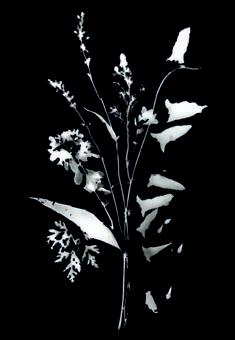


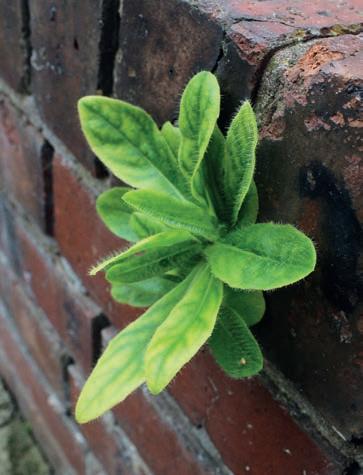
Nature’s everywhere!
students are experimenting with different photographic techniques resulting in a variety of images that look to showcase wild plants thriving in unlikely places. Each plant contributes in its own way to a healthier environment that benefits everyone. Taking a closer look at the forms and ways in which we frame nature can be a deeply thoughtprovoking journey.


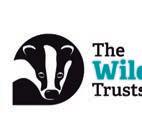

For the Love of Weeds is a study of wild plants through the medium of photograms, which are made in a traditional photographic darkroom. The process captures silhoue es, delicate pa erns and shapes that are preserved in the high contrast monochrome prints.
Unlikely Places is an exploration of wild plants growing in places you might not expect: the cracks in a pavement or brickwork, in gu ers, along windowsills, or maybe inside abandoned buildings. These have not been planted by humans but have found their own way to thrive.
Uncovered Reserves is a working brief to document our nature reserves over the seasons. The students have found a stunning perspective of some of the corners of our reserves that they have explored and chosen to highlight.
Their landscape images are available to purchase, and each photographer has a limited-edition collection. The photographs will be printed on highquality archival photographic paper. For each image sold, a donation will be made to the Trust to help support our ongoing passion to save wild spaces and places. Please contact Collective723 through the contact page of the website: collective723.com
Follow Collective723 on Instagram @collective_723
If you would like to nd out more please contact Fee Worton, Nextdoor Nature Community Organiser at fworton@lrwt.org.uk
Basic rules that help protect hedgerows and rivers on or surrounding farmland expired on 31 December 2023, pu ing wildlife at greater risk of harm. These rules, known as ‘cross compliance’, had to be followed by farmers if they wanted to receive rural farm payments from the UK Government between 2005 and 2023. To qualify, farmers were not permi ed to farm up to the edge of rivers, so as to help prevent soil and farm pollution from being washed into the water. There were also rules about when hedgerows could be cut so that breeding farmland birds were protected at the most important times of year.
Following the UK’s exit from the European Union, the UK Government announced that this rule would cease to exist at the end of 2023 but would be replaced by new UK rules. While the Government’s Department for Environment, Food and Rural Affairs
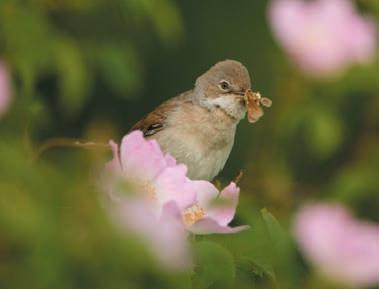

(Defra) has confirmed that new legislation will include plans to maintain cu ing bans and 2m buffer strips along hedgerows, it has missed an opportunity to protect hedgerows further while possible exemptions place nesting birds in danger - and all while our already struggling rivers and streams remain at risk of increased pollution.
The Wildlife Trusts have joined forces with National Trust and RSPB to urge the Government to uphold protections for nature while providing much be er support for farmers. We would like to see farmers paid to take a ‘whole farm’ approach to naturefriendly farming through be er designed payment schemes and access to quality independent advice on the best actions that can be taken on their farms.
Find out more at wtru.st/hedgerows

With a general election expected in 2024, The Wildlife Trusts have been investigating how much nature matters to our supporters and the general public, and whether the nature policies set out by political parties will in uence how they vote.
We carried out two nationwide surveys, which revealed that environmental charities are supported by a large and politically diverse range of people – with voters feeling similarly connected to nature, regardless of where they identify on the political wing spectrum.
Results from Wildlife Trust supporters indicated that 61% would vote based on environmental policies and a further 32% are considering doing the same. Of all those surveyed (including nonsupporters), only 7% didn’t believe that nature loss or climate change were a serious threat to humanity.
The upcoming general election will be vital for our natural world, and these results suggest that voters are calling on all political parties to make bold plans to restore nature, tackle water pollution and halt climate change.
Discover how
wildlife across the UK


The Wildlife Trusts are helping














The Great Scottish Squirrel Survey had more participants than previous years, with just under 2,000 red and grey squirrel sightings across the country. Every record helps Scottish Wildlife Trust to understand population distributions and take targeted action to protect red squirrels. Sightings of both species can be reported all year-round. wtru.st/squirrel-sightings
Nottinghamshire Wildlife Trust is set to bring the UK’s fastest declining mammal, water voles, back from the brink. Half a million pounds from Natural England’s Species Recovery Programme will create vital wetland habitat and restore 50km of rivers to increase water vole numbers. wtru.st/notts-water-vole
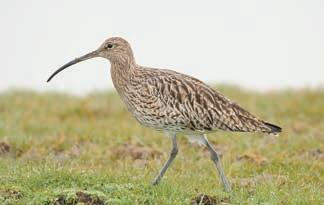
One of our most bizarre and beautiful rare birds, the curlew, is to get £230k worth of home improvements at Berkshire, Buckinghamshire & Oxfordshire Wildlife Trust’s (BBOWT) Gallows Bridge Farm nature reserve. New pools, security cameras and anti-predator fencing will help to create bespoke habitat for this endangered species. wtru.st/curlew-habitat
The Wild Forest School project has run for the past nine years, providing fun, engaging opportunities for children to explore the outdoors. Education O cer Rachel Ibbotson takes a look back.
Our Wild Forest School project, generously supported by players of People’s Postcode Lo ery, has had a huge impact on all the Leicester City children, families, teaching staff and schools involved. Since 2015, more than 2,000 children have taken part, benefiting from Forest School sessions, Wild Tots groups and school grounds improvements, creating wildlife art and stories for competitions, and enjoying Wild Play activities. Here is just some of what has been achieved through the project.
12 school grounds were improved for nature.

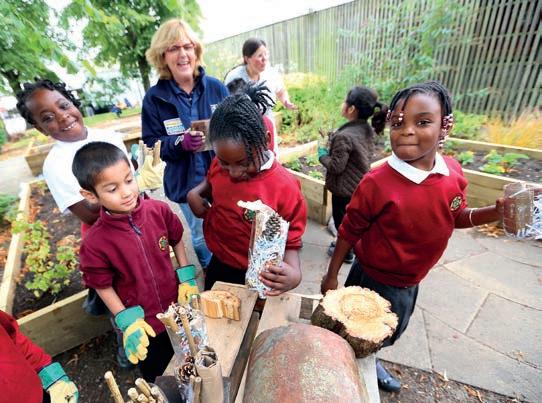

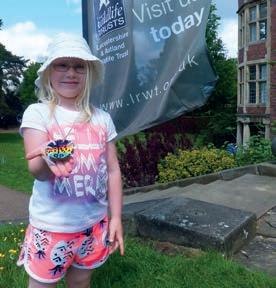



More than 750 primary school children took part in Forest School sessions.


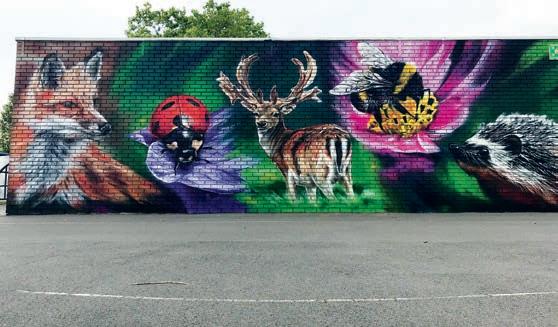


More than 100 entries
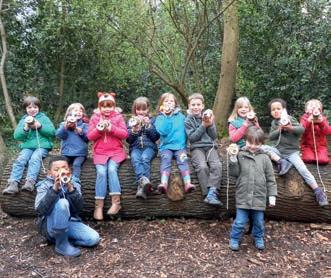
We are now working on our new strategy for public engagement across the Trust’s work, which will include all we have learned from running the Wild Forest School project. Our ambition is to see one in four people taking action for wildlife. Listen out for exciting developments on this later in the year.

The best of the season’s wildlife and where to enjoy it on your local patch


There’s no mistaking the head-height magenta spires of foxglove. Commonly found on woodland edges, heathland, roadside verges and, of course, in many gardens, this stunning summer bloomer is a boon to bees, especially long-tongued bumblebees. The tubular flowers are perfectly designed for these heavyweight pollinators, with a protruding lower lip that serves as a spacious landing pad and a generous nectar reward waiting inside.
The term ‘kill or cure’ is very apt for the foxglove. The plant is poisonous if eaten yet contains compounds used to treat high blood pressure and heart problems.

Charley Woods Foxgloves have found a home in this mix of ancient and regenerating woodland.
Altar Stones The breathtaking views from this rocky hilltop are made all the more stunning by its foxgloves.
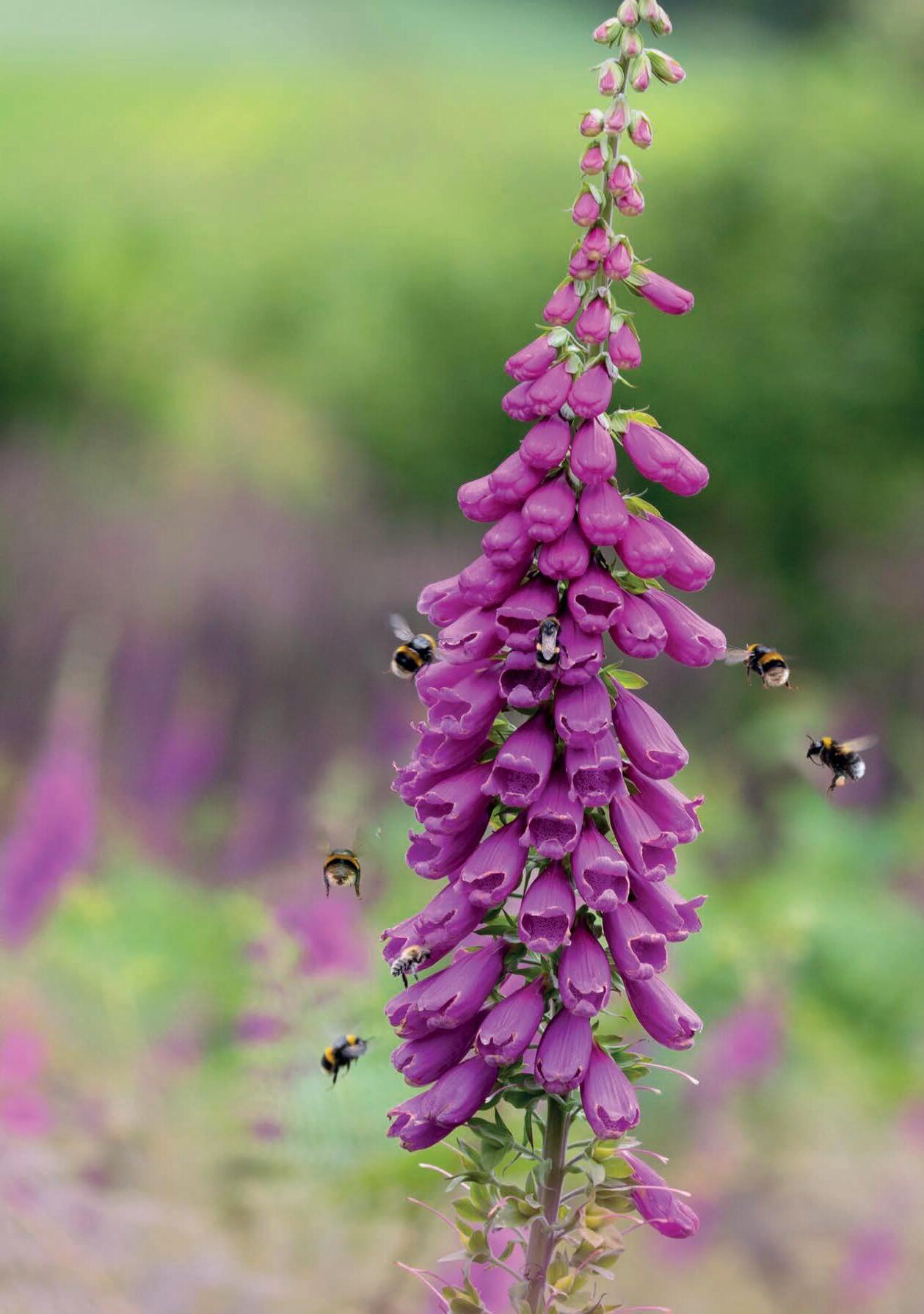

The foxglove is well adapted to the acid soils of the Charnwood Forest and in 2002 was voted Leicestershire’s county ower.
Your support helps us achieve even more by giving us the resources essential to protecting local wildlife and wild places. Thank you!
Connect with nature this summer and feel incredible!
Neat, closely cropped grass o en lacks wildlife interest, but given a few tweaks these green deserts can transform into living lawns full of blooms, bees and bugs.
Lawns help keep urban areas cooler in summer, while reducing flood risk in times of heavy rain – and longer grass does this even be er! Longer lawns won’t go brown as quickly and offer animals like frogs shelter from the hot sun.
Reducing mowing frequency to once every three or four weeks can have a big impact, enabling flowers like daisies, speedwell and
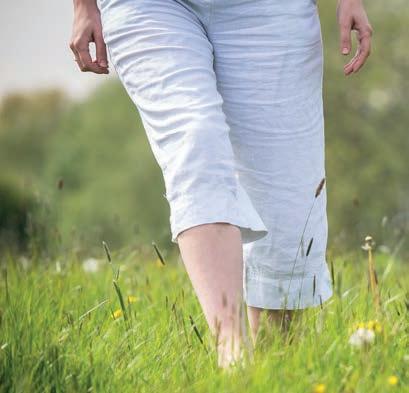
Early summer is the perfect time to visit a local wildflower meadow. Expect a wash of colour accompanied by a pulsing thrum, buzz and whirr from insects such as bush-crickets and bees. Bu erflies and day-flying moths add further movement as they flit between flowers. Keep still for the best chance of seeing them. Find a meadow near you: lrwt.org.uk/nature-reserves


Take part in this year’s No Mow May. Avoid mowing throughout the month and see what wild flowers naturally appear. You will also be helping struggling pollinators.
dandelion to bloom. Leave a patch or two to grow even longer and give caterpillars an opportunity to feed in peace before metamorphosising into moths or bu erflies. Ease off artificial fertilisers and weedkillers and consider introducing native, lawn-friendly wild flowers. These can be bought as plug plants from specialist mail-order nurseries. Tip the balance in their favour by sowing yellow ra le into your lawn. This semi-parasitic wild flower reduces the vigour of fast-growing grasses so that other flowering plants have a chance to establish.
■ Off the grass Very small or awkwardly shaped areas of grass can be a fiddle to mow. Consider replacing them with ground-hugging herbs like creeping thyme or chamomile.
■ Bees needs Patchy lawn? Don’t worry, bare areas of sunny lawn provide opportunities for ground-nesting solitary bees to make a home.
■ Bring on bulbs Help early bees by planting bulbs like snowdrop and crocus in your lawn.
Make your lawn a haven for wildlife. Download your free Wild About Lawns booklet at wildaboutgardens.org.uk
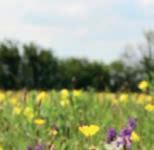

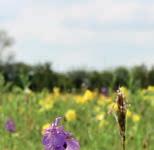


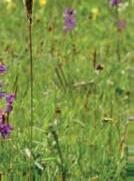
Insects love longer lawns. See if you can attract them.
Common eld grasshopper
Thrives in sunny lawns. The males chirrup by rubbing their legs against their wings.

Tawny mining bee
On the wing in late spring. Little mounds of earth mark the entrance to their burrows.
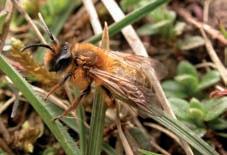
Meadow brown
Flies throughout the summer months, even in dull weather. Its caterpillars feed on grasses.
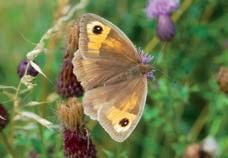
Black garden ant








The dawn chorus crescendos in May. Most of the choristers are male, singing to mark their territory. Why not join a dawn chorus walk (see page 34)?

Our most common ant. Flying adults often swarm in summer as they seek to

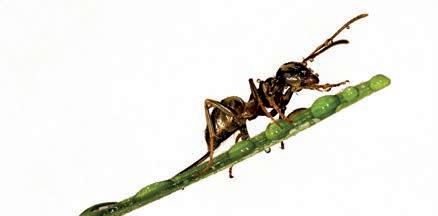

Cuckoo spit has nothing to do with cuckoos or spit! It’s the froth formed as froghopper nymphs suck the sap of their host plant. As a fortuitous side e ect, it hides them from predators.





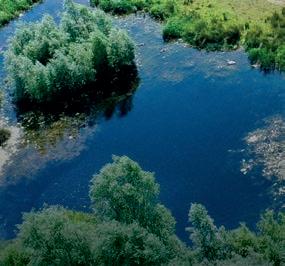

Climate change threatens the delicate balance of our natural world with potentially devastating consequences. But nature itself could prove a powerful tool in the ght against the climate crisis, as Kathryn Brown, Director of Climate Change and Evidence at The Wildlife Trusts explains.
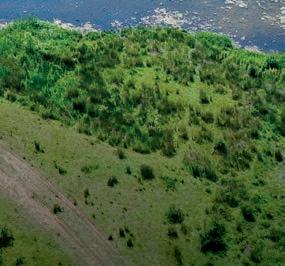

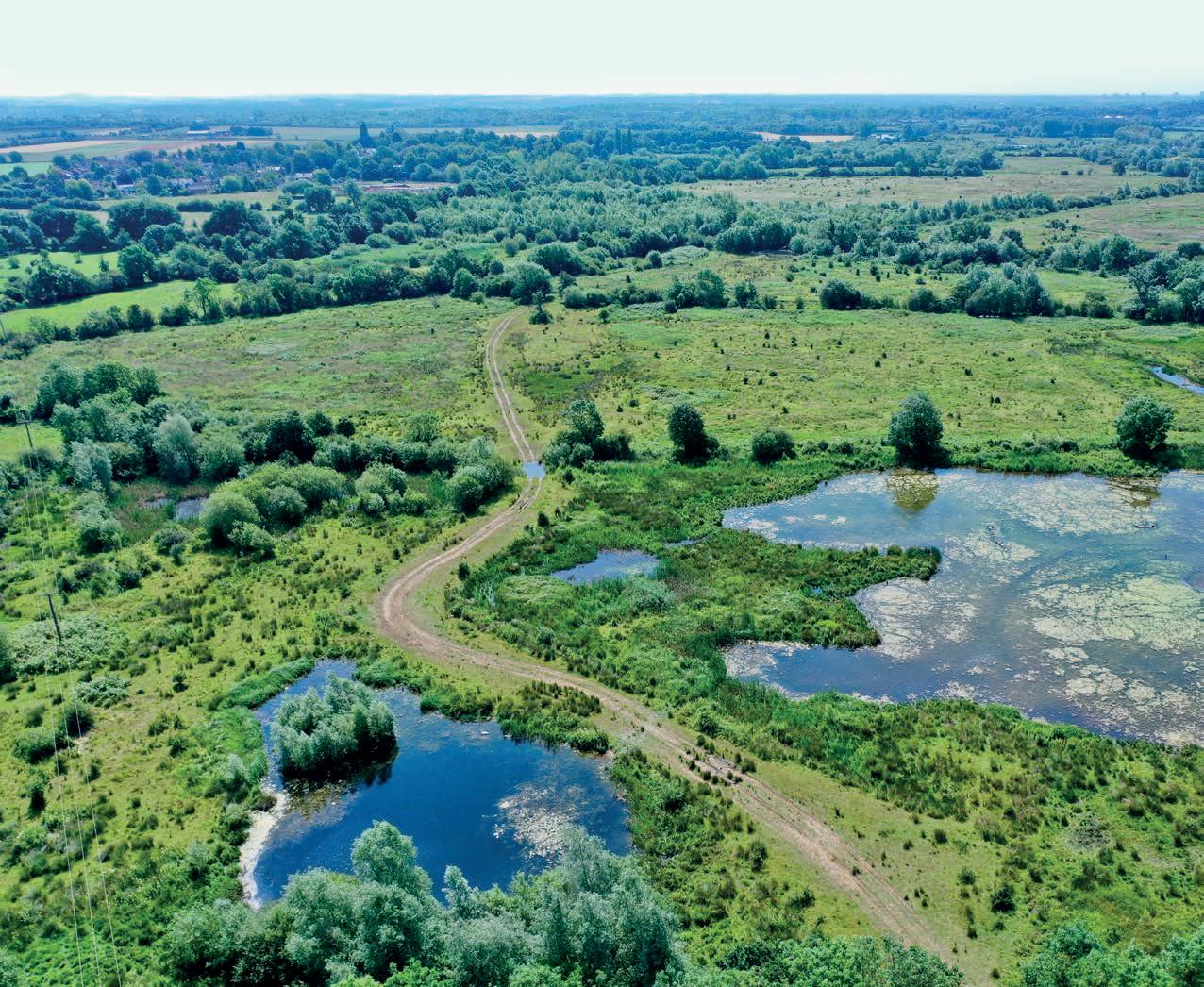
Like me, you may have noticed strange things happening to our local nature in the past few years. Plants are blooming at odd times of the year; trees and shrubs are dying unexpectedly; some species of birds seem to be on the increase, but others are becoming scarcer.
Here in Leicestershire and Rutland temperatures exceeded 39°C in 2022 – smashing the previous record by an astonishing 4.7 degrees; wildfires destroyed valuable wildlife habitat; and flooding and strong winds this winter have downed trees and flooded homes and gardens. Climate change is here, and it is affecting us in Leicestershire and Rutland as well as globally.
You can find the statistics for what is happening in the annual State of the UK Climate report. Locally, our average temperatures have increased by over 1°C compared to the average from 1961 to 1990, while our mean maximum temperatures were more than 1.5°C higher in 2022. Our average rainfall has not changed significantly, but we are seeing greater extremes of drought, then flood.
Globally, records were broken across the board in 2023 and we’ve observed a big jump in global temperature compared to even the previous record in 2022. This is extremely worrying, but not surprising. Global greenhouse gas emissions are still increasing, despite decades of international diplomacy to try to bring them down.
What this means for wildlife is hard to predict, but we can see indications. Dormice have been absent from our counties for the past two decades, while bu erflies such as the common blue have suffered big declines in recent years. Plants and animals can struggle to find food and water in very hot or cold weather. The timing of birds nesting and available food supply for their chicks is becoming more unpredictable, while warm spells in the winter are disrupting hibernation pa erns.
Natural solutions

Hotter, drier summers are becoming more frequent.
I joined The Wildlife Trusts in 2021 from a 20 yearcareer in government working on climate change adaptation (building resilience) and mitigation
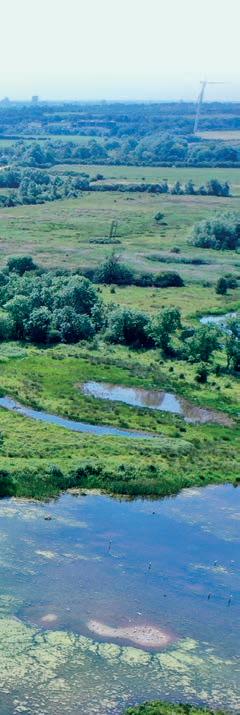

Wildlife-rich natural habitats, such as here at Cossington Meadows, can store more carbon while ensuring greater resilience against a changing climate.
(reducing emissions). One of my first major projects was to publish a climate change risk assessment and adaptation plan for the next five years for all of The Wildlife Trusts. Changing Nature was released in 2022 and highlights the work we are doing to protect our wildlife and wild spaces from the impacts of climate change. However, it also looks at how nature can help us to tackle climate change itself.

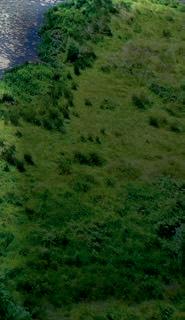


to is
The climate and nature crises are so closely interlinked that we cannot address one without the other. We need to let nature help us to reduce climate change and its impacts, as well as protecting nature as much as possible. Particularly in the case of building resilience to climate change, it is local action that ma ers the most.
incredible work to
LRWT is doing incredible work to make this a reality. We can see how important nature is for tackling climate change in our local communities through some of the Trust’s flagship projects. For example, the conversion of arable land to a more wild landscape at Mountsorrel and Rothley Marshes should enable the reserve to soak up more water during times of flood, protecting communities located further downstream along the River Soar. In time, as the land recovers, it will store more carbon rather than emi ing it. Meadows like this have an important role to play, with prelimary results from research coordinated by the Floodplain Meadows Partnership suggesting that ancient meadows store 60% more carbon than arable fields.
Wildlife wins
We are also prioritising nature-based solutions across the whole Wildlife Trust movement. It is one of the three key goals in our collective 2030 Strategy, and we know what works. Across the country, Wildlife Trusts are investing in projects to manage flood water, reduce urban temperatures, soak up carbon in woodlands and peatlands, and improve soil health, as well as restoring and protecting habitats and improving connectivity so that wildlife can move more easily.
Last year, we published a showcase of just 30
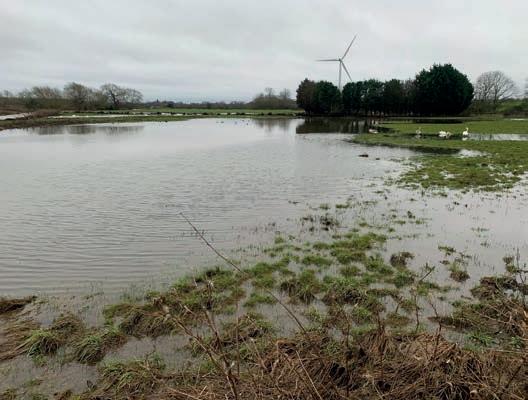

Properly functioning oodplain meadows can protect communities downstream.
Help make the change that’s needed. Donate to one of our appeals at: lrwt.org. uk/appeals
of our hundreds of nature-based solutions projects, with these alone totalling more then £75 million of investment. The Wildlife Trusts are a major player in delivering change on the ground to help tackle climate change, but we need much more of it! The latest figures provided to the government suggest more than £3 billion is needed each year this decade for nature restoration to address climate change impacts. Every bit of additional action ma ers in reducing the effects of climate change. You can help by donating to one of LRWT’s appeals to ensure there are the resources necessary to make it happen.
The Soar and Wreake Valley Living Landscape covers the river corridors and oodplains of Leicestershire’s two principle rivers. The valleys have undergone dramatic changes over the centuries, but we are making great progress in restoring this precious habitat, to rewild the oodplain and bring people closer to nature.
Since 2004 we have acquired more than 400 acres of land on the Soar oodplan, while o ering advice to landowners on how to make space for wildlife. Centred on Cossington Meadows nature reserve, we are showing how natural oodplains can hold back water in times of heavy rainfall, while creating high-quality wildlife habitat. Healthy, functioning oodplains also serve as valuable carbon sinks, drawing down atmospheric carbon and locking it up within the soil and plant life.
Are we on the cusp of the biggest opportunity yet for nature’s recovery? Ben Devine, Head of Nature Recovery, introduces us to the Local Nature Recovery Strategy, what it will cover, and its potentially transformative impact on our wildlife.
The UK is one of the most nature-depleted countries in the world (see page 30). With big declines in a ma er of mere decades, the need to restore our natural environment for people and wildlife has never been so urgent.
The Government recognises this and has instructed local authorities across the country to create strategies to help nature recover in their area. Local Nature Recovery Strategies (LNRSs) are being developed for each area of England, under the Environment Act 2021. The new strategies will map out the most valuable existing and potential new areas for nature, establish priorities, while agreeing specific actions to drive nature’s recovery. The strategies will be pivotal in meeting the Government’s targets for nature and other environmental commitments.
Leicestershire and Rutland Wildlife Trust is
working closely with a wide range of other local organisations and experts to help create the muchneeded Local Nature Recovery Strategy for our area. Many different people and organisations are affected and will be involved in delivering the strategy, so there is a strong focus on collaboration among local stakeholders, particularly farmers, land managers, environmental groups, public bodies, and the local community. Leicestershire County Council has been appointed as the ‘responsible authority’ – one of 48 across England – and is leading the work to develop our LNRS.
Every LNRS sets out the ecological and environmental needs of a defined area, which in our case covers all of Leicestershire, Leicester

<1% Area of Leicestershire and Rutland scoring high in biodiversity

Communing with nature at Bradgate Park, near Leicester. Thriving ecosystems contribute to our own health and sense of wellbeing.
and Rutland. Its core components will include a local habitat map and a wri en statement of biodiversity priorities. These elements guide the strategy’s priorities and the practical actions required to achieve them, such as woodland creation, grassland restoration, and the planting of trees and hedgerows. It is developed with the input of various local stakeholders, including landowners, farmers, government organisations, and environmental charities like LRWT.
The strategy aims to create a Leicestershire, Leicester and Rutland where nature and people thrive together and where the huge benefits of nature are maximised for everyone’s benefit. We want to see a place where those living in urban areas, as
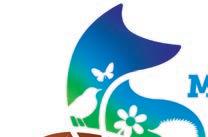


well as the countryside or villages, can access green spaces and enjoy the sense of wellbeing nature brings. Those who manage the land should be able to successfully make a living growing food in a sustainable way, while at the same time improving conditions for local wildlife.
Our rivers, woodlands, hedgerows, heathlands, moors and forests should be bursting with life. And we want to help nature help us tackle the severe impacts of climate change in our area, while ensuring the wildlife that makes up our precious local ecosystems has a brighter future.
Nature is in trouble on all levels: globally, nationally and locally. Human activity has upset the balance, se ing in motion a worrying and potentially catastrophic decline.
Less space for nature puts more animals and plants at risk of extinction. We want to protect nature for its intrinsic value but also because a world with less nature seriously compromises our own chances of living long, healthy lives. Locally we have seen both the severity and frequency of flooding increase in

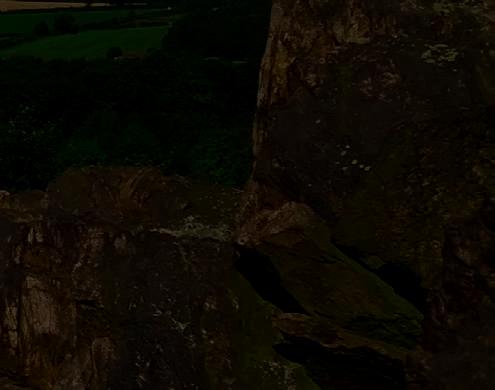
Our area su ers from surface water ooding, pockets of poor-quality air and soils, mineral exploitation, and pests and diseases. By helping habitats recover we can tackle these problems while creating thriving ecosystems that o er us powerful bene ts such as:
Clean water to drink and bathe in
Cleaner air to breathe
Healthier soil to grow food, timber and other products
Conservation of resources for future use
Greater biodiversity for improved food production
More opportunity to interact with nature for health and wellbeing.
recent years, while heatwaves, rising food prices and worsening air pollution impact us all.
44% Area of our counties assessed as having low or very low habitat quality
LNRSs are part of a broader set of measures designed to reverse this trend. Other measures include the introduction of legally binding targets and Biodiversity Net Gain, a development approach that requires wildlife habitats are le in a measurably be er state than before the development. By focussing efforts on where the biggest impact can be made, and by helping to connect and expand existing areas of importance for nature, LNRSs will support the delivery of nature-based solutions. Or to put it another way, they will help restore natural balance through the sustainable management and use of natural features and processes to tackle many of the problems we now face.
The LNRS will go further than existing policies because it will promote a landscape-scale approach using multiple methods. It will focus on preserving, conserving and enhancing nature, as well as meeting other environmental objectives such as climate change and flood mitigation and improved air and water quality. The LNRS is also designed to increase access to and appreciation of nature and the health and wellbeing benefits this offers.
Our LNRS will identify the most effective actions necessary to speed nature’s recovery, where and how
this should happen, and guide the efforts of everyone involved. The strategy will not force the owners or managers of the land identified to make any changes, which is why ge ing a wide range of views at this development stage is so important. It will need to strike a balance between helping nature recover, protecting the livelihoods of those who own and cultivate land, and the wider needs of those who live here.
Leicestershire County Council is developing the strategy in partnership with Leicester City Council,
Rutland County Council, the seven district councils, Defra bodies including The National Forest Company, Environment Agency, Forestry Commission and Natural England, and local groups such as LRWT and the NFU. Many of these organisations have vital information and insight that will feed into the LNRS, so making the most of their input is a priority that will set the strategy up for success. The Trust is actively supporting this development phase and we welcome the chance to share our unique expertise on local wildlife.
Public engagement on the strategy has already begun, including a recent residents’ survey. There will be another opportunity in June, when the public are invited to comment on the proposed areas, species, habitats and measures identified as the most likely to help make more space for nature in our part

Species-rich lowland meadow in Leicestershire, one of the rarest local habitats. With 97% of meadows lost since the 1930s, a renewed focus is now essential to ensure habitats like this and the wildlife they support can recover.
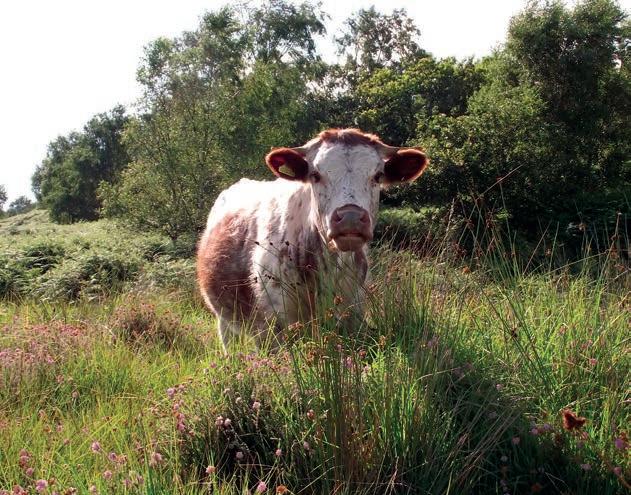
Targeted conservation grazing for rare wet heath at Charnwood Lodge. Successful long-term management of scarce, high-value habitats like this give us a core from which nature can spread out and recover over time.
of the world. The dra LNRS will be prepared by September then begin its approval process, with a crucial eight-week public consultation planned from January, providing a further chance for you to have your say. The final strategy is set for completion in July next year.
When complete and approved, our strategy will have a real impact in driving change – change that lays the groundwork for a region richer in wildlife and with a more sustainable future. The strategy will:
Local teamwork: Offer a strategic and collaborative approach to nature recovery, aligning with local priorities and knowledge.
Integrate: Play a crucial role in integrating nature recovery into the planning system, influencing local planning decisions to favour areas of high potential for nature recovery.
Enhance biodiversity: Serve as a framework for delivering Biodiversity Net Gain, where developments must enhance biodiversity, with measures that support LNRS priorities receiving higher value biodiversity net gain credits.
Initiate action: Map out specific actions and areas for nature recovery. This will contribute to the broader goal of creating a connected and resilient network of habitats across England and meeting the Government’s international 30x30 commitment to protect 30% of the UK’s land by 2030.
Finance: Offer those proposing changes and developments a way to access funding to deliver the actions agreed through government grants and other investment.
The Trust is actively supporting the development of our LNRS by working closely with council colleagues, relevant local organisations and individuals to develop a robust and ambitious strategy capable

Dingy skipper at Merry’s Meadows. This threatened species is one of many in need of targeted habitat conservation at a landscape scale.
of reversing wildlife decline in our region. Having worked to conserve nature for more than 68 years, the Trust brings significant experience in this area, including specialised management of nature reserves and on-the-ground delivery of landscape-scale nature recovery initiatives.
Our ongoing Living Landscapes approach to nature recovery at scale, closely aligning our work with the core aims of the LNRS. We are optimistic that this policy can complement existing long-term conservation initiatives, such as our established Soar and Wreake Living Landscape project. It will also encourage wide-ranging opportunities for greater wildlife gains in more naturedepleted areas of our counties.
6% Local woodland cover
(national average 13%)
Local Nature Recovery Strategies form a cornerstone to England’s efforts to enhance and restore nature. With strategic planning and by working together and integrating other environmental policies, our LNRS can be the catalyst for dramatic change to the natural landscapes of Leicestershire and Rutland, improving biodiversity, climate resilience, and everyone’s quality of life.
We would love our valued members to contribute to the development of the LNRS. Read more about the strategy and how you can in uence the draft LNRS or participate in the eightweek consultation process. Search ‘Local Nature Recovery Strategy’ on the Leicestershire County Council website: leicestershire.gov.uk
Keep an eye out on our events webpage for future events on this subject: lrwt.org.uk/events








This spectacular reserve forms part of the Soar Valley oodplain. Once farmland, we are now letting nature take back control with exciting new opportunities for plants and animals to thrive. Reserves O cer Chris Hill leads us on our walk.
Mountsorrel and Rothley Marshes have seen a transformation to the network of scrapes, pools, meadows and naturally regenerating woodland we see today. This has created a matrix of different habitats that is a racting a wide variety of wildlife, including wetland birds and many wild flowers. As a relatively new reserve this area is constantly changing as we allow nature to take the lead.
You can access the reserve from Rowe Leyes Furlong in Mountsorrel. Please park considerately as this is a residential road. Follow the footpath that leads off Rowe


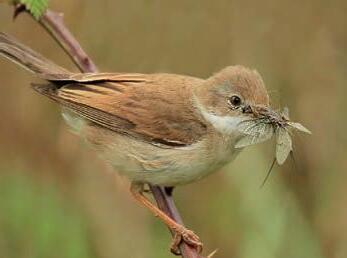
Leyes Furlong and under the A6. As you leave the underpass the reserve entrance is on your le 1 .
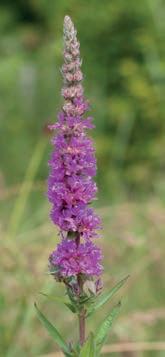


You have now entered Lodge Wood. Follow the le -hand fork of the path that leads, on a slight decline, through dense patches of brambles, alder and willow. In winter, the alders provide flocks of lesser redpoll the opportunity to glean seeds from the female alder cones. Spring’s arrival sees this area come alive with the sound and activity of warblers. Whitethroat, blackcap, willow warbler and, occasionally, grasshopper warbler can be heard. Follow the path down to the stream where large crack willows line the banks. Look out for treecreepers as they move from tree to tree searching every crevice for food. Cross over the sleeper bridge 2 and head up to the viewing platform 3 Peering through the screen you will be looking over River Meadow. Two scrapes will be visible in the distance, created by the Trust 20 years ago to enhance what was a previously a maize field. Ca le graze this meadow to help with management, preventing its succession to woodland. The field o en floods in
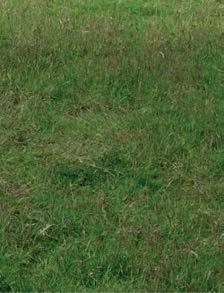

winter as the River Soar flows past its eastern side. You may notice li le egret, heron and swans on the scrapes. The shallow margins a ract snipe and occasionally redshank with mallard, teal and wigeon showing up on the water. Plants have arrived too, with purple loosestrife, cuckooflower and ragged-robin alongside numerous beds of greater pond sedge.
Now turn around and head back the way you came. Follow the path down to the stream and cross over the sleeper bridge 2 and follow the footpath around to the le . On a slight incline the vegetation opens out here. Scrub is regenerating, providing habitat, food and songposts for birds. The berries are valuable sources of food for wintervisiting redwings and fieldfares.


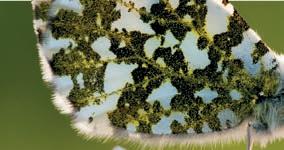
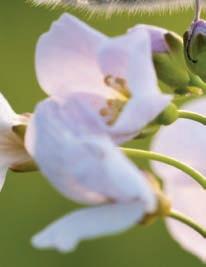

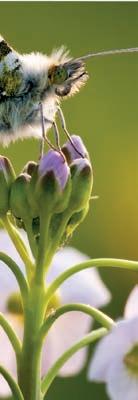


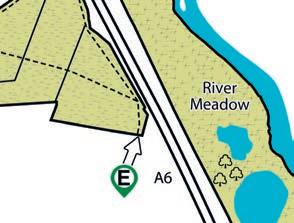

Carry on up the slope and walk over another sleeper bridge 4 , taking the le -hand fork down the slope. Once again you will notice a wonderful variety of vegetation around here. Great willowherb produces lots of fluffy seeds while teasel a racts the goldfinches.
Walk over the ditch 5 to enter an area where common ne les dominate due to the fertility of the soil. During flood events, the nitrogen and phosphates in the water enrich the ground, encouraging the ne les to thrive.
Walk along the concrete boardwalk and you will reach the bridge that crosses a backwater of the River Soar 6 . If the water is clear, you may be able to spot a


few dace ba ling against the fast-flowing water. Now head up to the lock on the river and turn right. If you are feeling adventurous, climb the steps and survey your surroundings from the bridges that span the weir pool 7 . If you spend a bit of time looking down into the river, you may spot one of the large terrapins that have made their home here.

With the river on your le , follow the towpath down to the interpretation board at the southernmost riverside entrance 8 . For various reasons, it has not been possible to graze this area, but it still provides a rich habitat for many species of birds and insects.

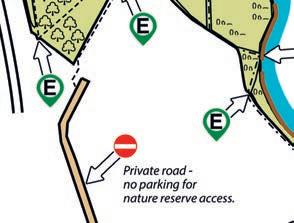

warm, sunny day in spring, keep an eye out for basking grass snakes along the ride margins. They are at their most obliging early in the year, due to their eagerness to get going a er a winter of inactivity and a distinct lack of fresh vegetation to hide in.
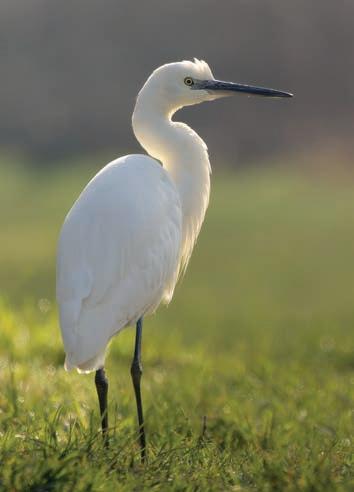
Turn right and head up the path that will begin your walk back to the main entrance. Keep the steep wooded bank on your le . Turn le and head up the slight incline. At the top, walk through the gateless gateway 9 . Please note, do not walk up the tarmac road. You have now re-entered Lodge Wood and your return to the main entrance 1 .
If you are visiting this reserve on a


Access is from Rowe Leyes Furlong on the edge of Mountsorrel. From Leicester follow the A6 towards Loughborough and take the exit to Mountsorrel. From the roundabout take the second exit into the village and Rowe Leyes Furlong is the second turning on the right.
Nearest postcode: LE7 7LS
Map ref: SK 589 143
what3words: picturing.bachelor.swoop
Parking: Along Rowe Leyes Furlong
Size: 32ha
For further information, please see our Nature Reserve Guide or visit lrwt.org.uk/nature-reserves






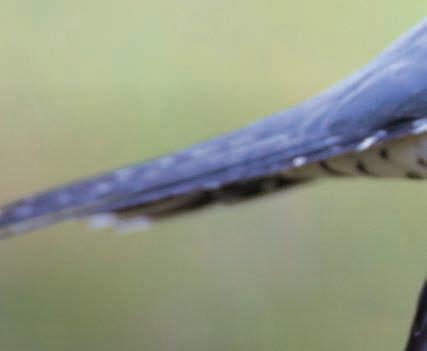

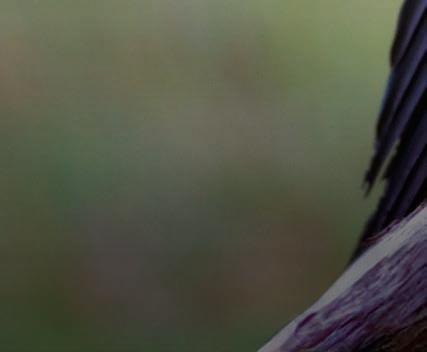

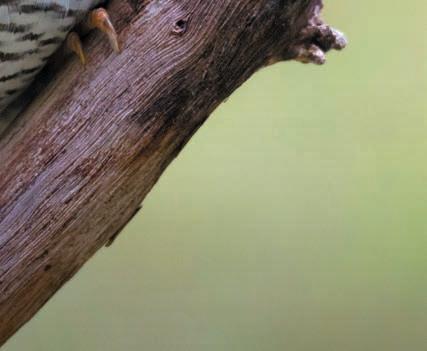
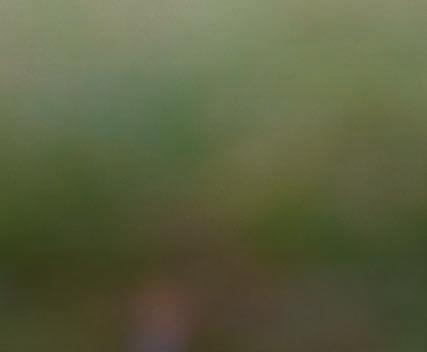
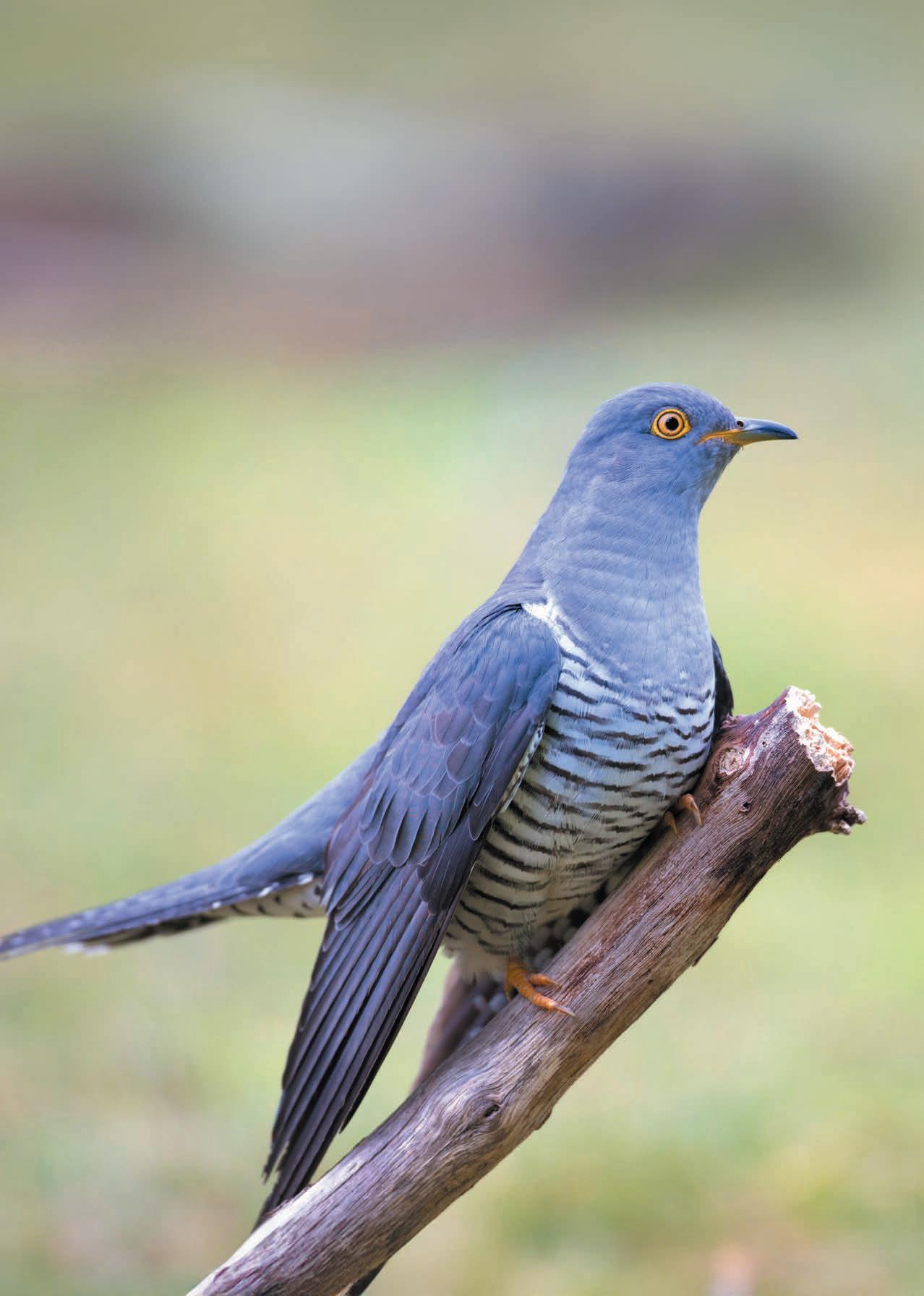

pring is a time of great change in the wild world. As the days grow brighter and warmer, millions of birds are on the move. They leave their winter refuges and race back to their breeding grounds, driven by the urge to nd a mate and raise some chicks.
Cuckoos, ospreys, warblers and many more birds are returning to the UK from the warmer regions of southern Europe or Africa. They don’t all arrive at once; each species has its own schedule. Sand martins and wheatears began arriving in March, but quails and nightjars are stragglers, appearing as late as May.
On some spring days, you can see migration in action, with ocks of birds ying overhead on their way to their summer home. Birdwatchers call this visible migration, or vismig for short. But ying is hard work, so keep an eye out for migrants stopping o to spend a few hours refueling before continuing their journey.

Here are six of our best nature reserves for experiencing spring migration.


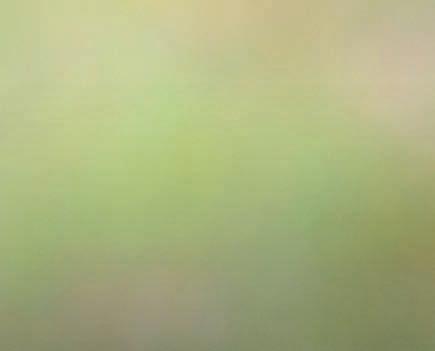
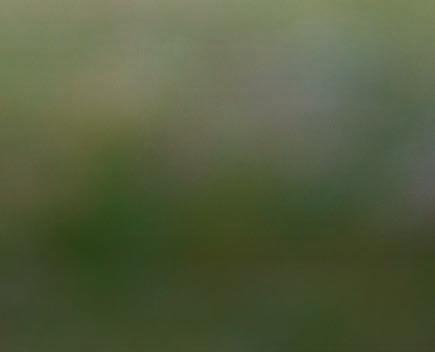


























1 Cemlyn Nature Reserve, North Wales Wildlife Trust







An incredible site to visit on the wild coast of Anglesey, with its unique, shingle ridge. Cemlyn welcomes a wide range of wading birds and between May and July is host to nesting colonies of Sandwich, common and Arctic terns.
Where: Anglesey, LL67 0EA
2 Red Rocks Nature Reserve, Cheshire Wildlife Trust
On the edge of the Dee Estuary, this nature reserve is an excellent coastal spot for birdwatching with sand dunes, reed beds and marsh attracting regular spring migrants like reed buntings, sand martins and wheatears.

Where: Hoylake, CH47 1HN
3 Spurn National Nature Reserve, Yorkshire Wildlife Trust

One of the best sites in the UK for visible migration, with thousands of birds passing overhead. The adjacent Humber Estuary is of international importance for its vast numbers of wildfowl and wading birds passing through.
Where: Hull, HU12 0UH
4 Christopher Cadbury Wetland Reserve, Worcestershire Wildlife Trust


Worcestershire’s premier bird-watching nature reserve, Upton Warren attracts birds throughout the year. It is home to the UK’s rst inland breeding avocets and attracts lots of wading birds while on passage as a vital stop over.
Where: Wychbold, B61 7ER
5 Rutland Water Nature Reserve, LRWT
Regularly voted the UK’s best nature reserve, Rutland Water is a fantastic place to search for rare migrants, including nightingales, cuckoos and, of course, the Rutland Water ospreys. Explore the network of lagoons from more than 30 birdwatching hides.
Where: Oakham, LE15 8BT
6 Rye Harbour Nature Reserve, Sussex Wildlife Trust
In spring, gull numbers increase, and oystercatcher and dunlin feed along the shore and roost on the shingle at high tide. Gannets and ocks of Brent geese also return on their eastward passage to breeding grounds.
Where: Rye, TN31 7FW
Did you spot any migrators?
We’d love to know how your search went.
Please tweet us your best photos! @wildlifetrusts
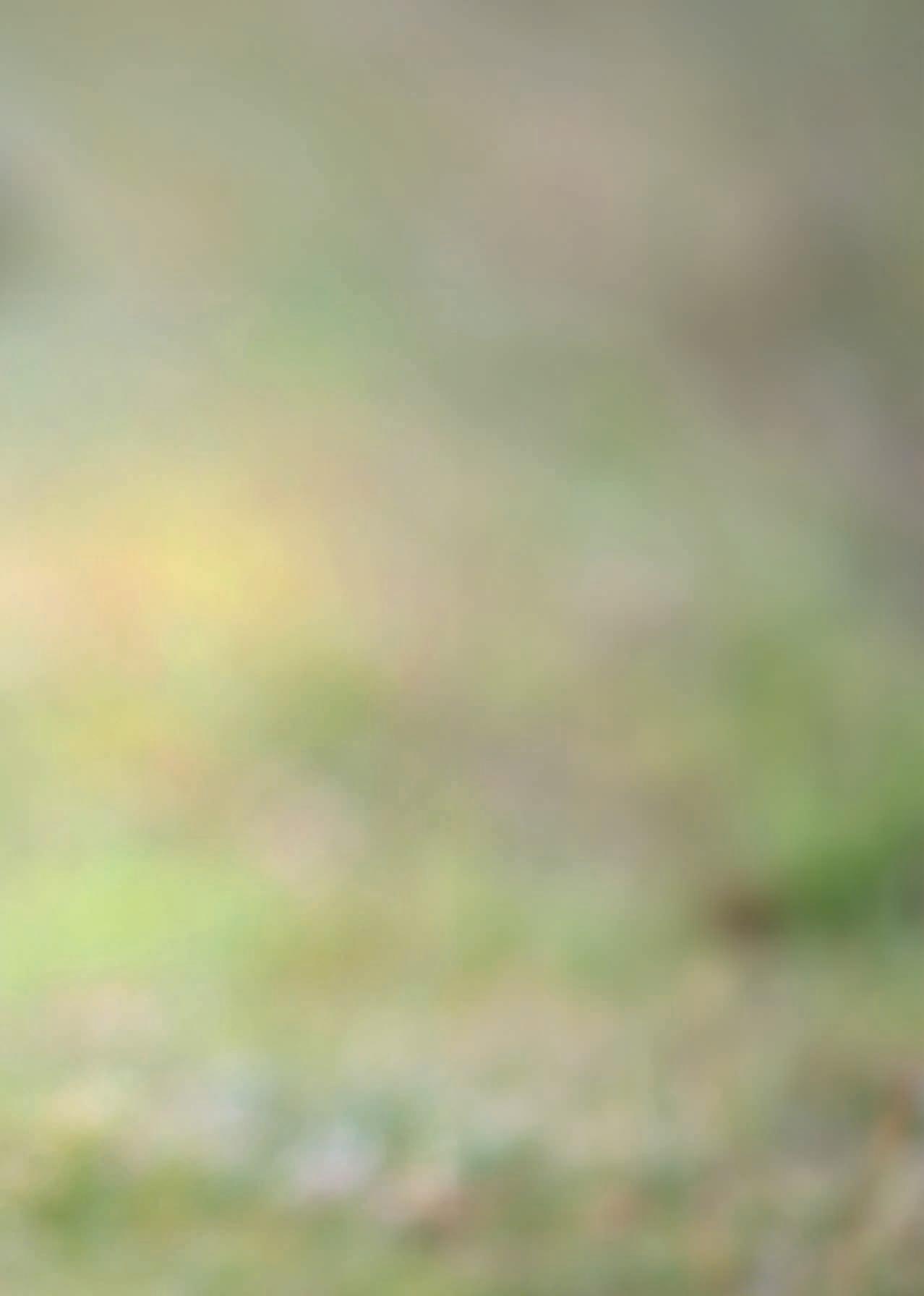




@maddiemoate




Children have a huge appetite for nature. There’s an enormous world of wonderful wild things for them to discover, if they’re given the opportunity. The right experiences can build a connection to nature that will last a lifetime.
But as children get older, there are more distractions. Interests and hobbies are more likely to be influenced by friends than parents, or by the content they view online. If nature hasn’t fully captured their a ention by now, that interest can slip away – though it o en resurfaces later in life. So it’s important that we foster that connection to nature from as young an age as possible.
We worry about children’s access to technology being a blocker to spending time outside and connecting with nature. But I think technology can actually play a helpful role in breaking down barriers. As with everything, it’s all about balance. O en we’re out and about in nature, there’s wildlife around us, but we don’t really know what we’re seeing. Pu ing a name to the things we see or hear can help build an interest, and there are some incredible apps available to help with that, like Merlin Bird ID. You can even use them as a family and learn together.
The way we interact with the world has changed. Computers, apps, social media –they aren’t going away anytime soon. We can embrace them to spark children’s creativity. You can go online and find a tutorial for making pinecone creatures or other wildlifeinspired cra s, or follow role models using their digital platforms to inspire change. We’re seeing a fantastic rise in young nature activists, almost mini celebrities amongst young people. It’s a wonderful thing.
















The more our young people care about the environment and nature, the be er hope we have for a green and sustainable future. But it’s about far more than that. There’s so much evidence to show that young people who have that connection to nature, who experience nature in their daily lives, are happier and healthier. There are many reasons to encourage children to pursue an interest in nature, and happier children is a big one. Knowledge of the natural world – and the state it is currently in – can sometimes feel like a burden as well as a blessing. Many of us worry about the future. The climate is changing and we’re seeing huge losses of wildlife. Children are not immune to these fears, and we shouldn’t try to hide the truth from them. But the way we present these facts ma ers. It’s easy to drown in the negative, but that won’t help to change things.
The most important thing we can do as adults is empower young people to feel like they can actually do something, and that their voice ma ers. We can help alleviate their climate anxiety by showing them that they can get involved with doing something good for the planet, wherever they live. The best place to start is by se ing an example for them to follow, in the way we view nature and the actions we take to help it. If children see the adults around them caring, listening to the concerns, and taking meaningful action to help, it can be a huge inspiration.
Technology can help you connect with wildlife from the comfort of your own home. Check out our webcams:
wildlifetrusts.org/webcams





For ways to help the young people around you to nurture a connection to nature, visit The Wildlife Trusts’ Wildlife Watch website. You’ll find downloadable wildlife spotter guides, self-guided activities, and actions to help wildlife and more.
Get inspired at wildlifewatch.org.uk
Maddie Moate is one of the few familyfocused ‘Edu-tubers’ in the UK and has been creating fun educational science videos for the past eight years, amassing more than 210,000 subscribers and over 56 million views on her own YouTube channel.
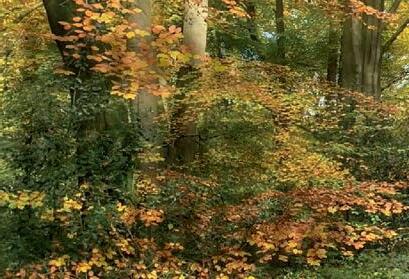
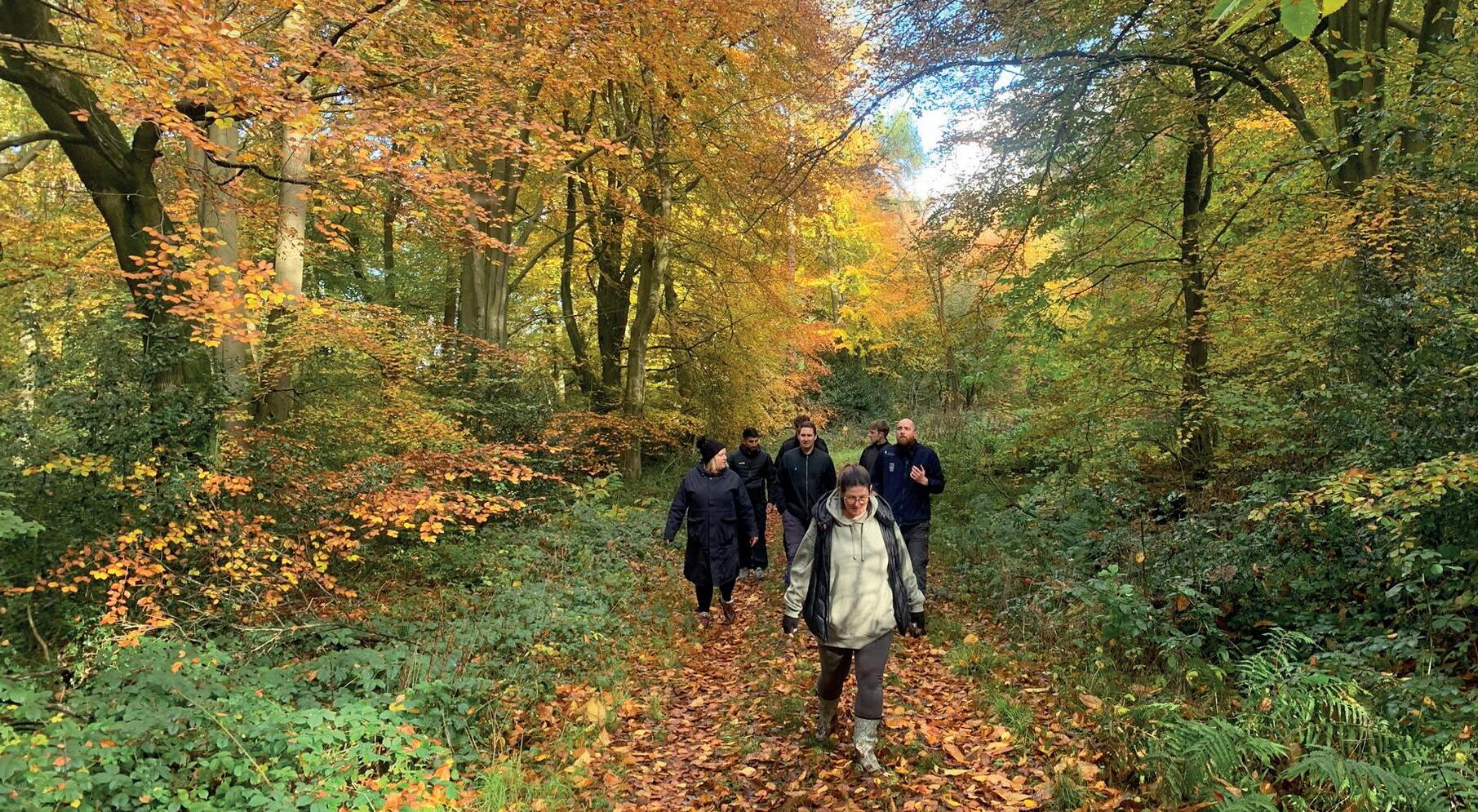

Representatives of JPD Contracts explore Ulverscroft.

It's a warm welcome to our newest business partner, JPD Contracts.
Alove of wildlife led Logistics Coordinator James Whiteley to explore the Trust’s website when his firm JPD Contracts moved to Bardon Hill near Coalville.
James had spent many happy hours on No inghamshire Wildlife Trust’s A enborough Nature Reserve when he lived in No ingham and wanted to find somewhere similar in Leicestershire.
“I was looking for membership information on your website, and then I saw this opportunity for the business to become a supporter,” he explains. James suggested to his managers that JPD Contracts could become a Leicestershire and Rutland Wildlife Trust business partner and in doing so
help to support nature’s recovery across Leicestershire and Rutland.
The Trust’s Jo Taylor and Roxsan Keilty welcomed James and JPD Contracts’ managers Peter Maher-Cook and David Hind with a guided walk around Ulverscro nature reserve in the heart of the Charnwood Forest. This exceptional nature reserve, with its rich variety of woodland, meadow and wetland habitats, is a li le over a mile east of Bardon Hill where JPD Contracts now have their distribution centre.
The easily accessible paths around Ulverscro are perfect for the JPD Contracts employees keen to achieve their steps challenges. “Going out for a walk is good for team morale and a great way to clear the head,” adds James. Ulverscro is bluebell heaven in May, a great time for staff to enjoy their local nature reserve.
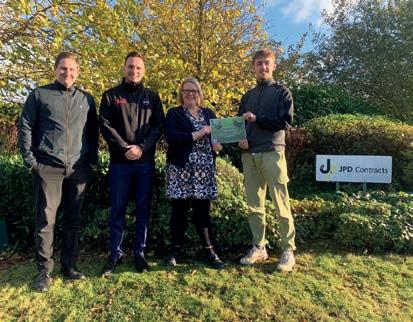

JPD Contracts is a leading distributor and installer of white goods to the construction sector. They have a fleet of electric and hybrid vehicles and, in line with national housebuilding standards, recycle and carefully manage all the waste associated with installing domestic appliances to minimise their impact on climate change. Their parent company, Newbury Investments UK, encouraged JPD Contracts to work with a local charity,
which is when James suggested they support the Trust. Many of the people working for JPD Contracts grew up in the area or have se led here and are keen to learn more about the work of the Wildlife Trust and discover nature.
JPD Contracts is also considering how they can improve the local area for wildlife by pu ing up swi boxes, bird feeding stations or bug hotels in their immediate surroundings at Bardon Hill.
Thank you JPD Contracts for supporting your local Wildlife Trust and helping us to lead the way for nature’s recovery across Leicestershire and Rutland.
All our business partners make a huge di erence for wildlife every day and we could not continue our work without their support. They are protecting, restoring and campaigning for Leicestershire and Rutland’s wildlife and wild places, and inspiring others in their communities to take action for nature.
Become our next business partner, support the Nature Connection Partnership Project, or choose LRWT as your Charity of the Year. Find out more at lrwt.org.uk/corporate

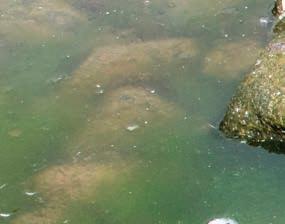
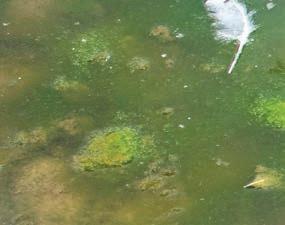
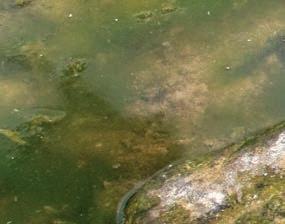
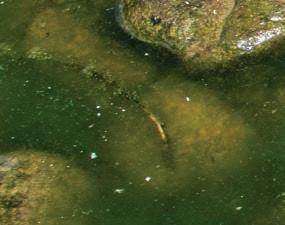
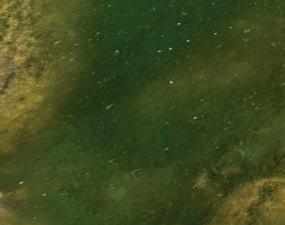

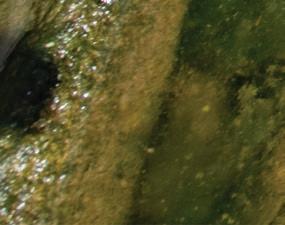
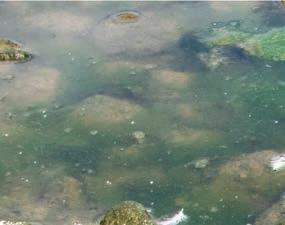







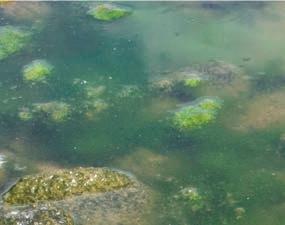

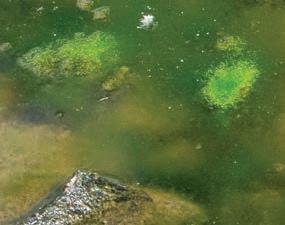
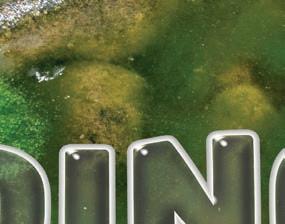



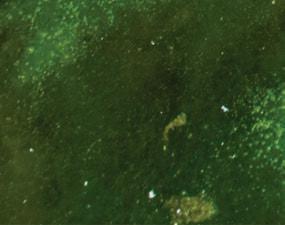
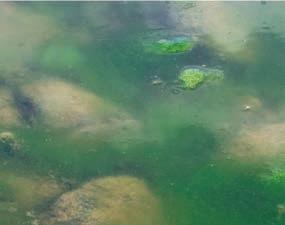

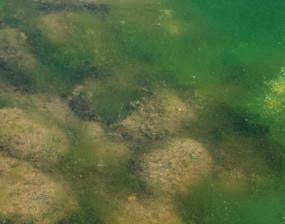
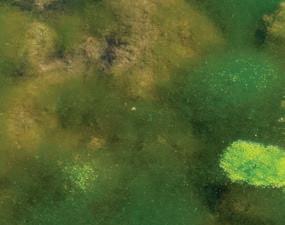
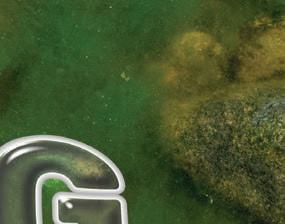


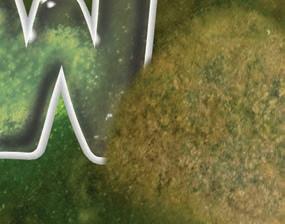




 Ali Morse, water policy manager at The Wildlife Trusts, warns of a return to the dirty history of UK waterways.
Ali Morse, water policy manager at The Wildlife Trusts, warns of a return to the dirty history of UK waterways.


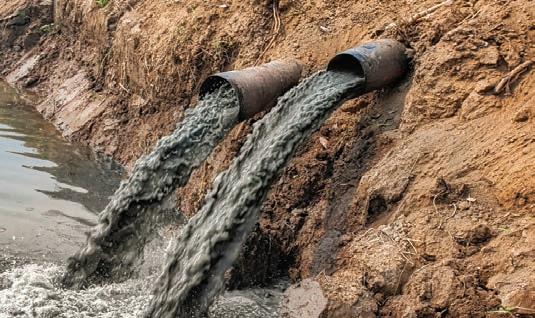




TSewage spills are harming wildlife and wild places.



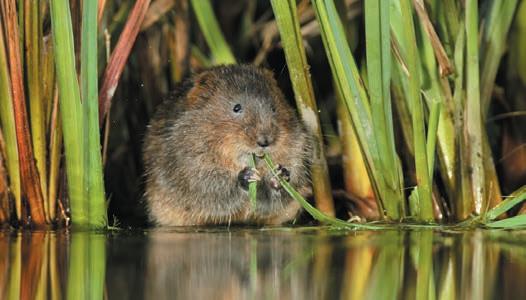

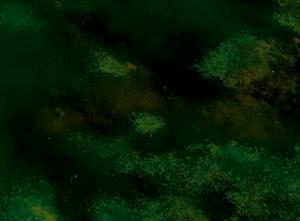
he history of UK rivers has seen raw sewage, waste chemicals and heavy metals poured into watercourses day in, day out. Great rivers like the Mersey were practically devoid of life, and as recently as the 1950s the River Thames was considered ‘biologically dead’. Today our rivers don’t (usually) resemble putrid open sewers lined with dead fish. Yet many problems remain – poor water quality poses a threat to nature, human health and our economy.
Sewage spills






Water voles are one of the species at risk of habitat loss.

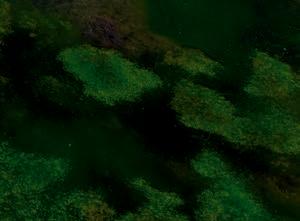



Despite these efforts, collectively these pressures mean our waters are under huge strain. Across the UK, only 36% meet ecological standards and are in good enough condition for wildlife. In England, where pressures are greatest, the figure is just 16%. Phosphorus pollution is the most common cause of failure, so water companies are required to upgrade numerous treatment works by 2030 to strip out phosphate, and more action will be needed from farming too.

From Dorset to Durham, Wildlife Trusts are finding novel ways to prevent nutrient pollution reaching our waters and creating habitat where nature can thrive. In Wiltshire, a chalk stream with habitat for spawning brown trout and endangered water vole is being protected by a restored wetland where road runoff and nutrient-loaded sediment is now captured from fields before it reaches the River Avon.
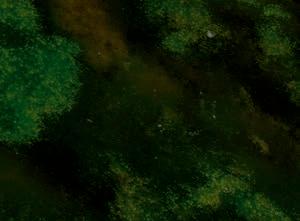

Ali Morse is water policy manager at The Wildlife Trusts. She works collaboratively across the movement, with all Wildlife Trusts and with other organisations, to call for be er protections for the water environment.
Headlines have exposed sewage spills, but the harm caused to wildlife is li le understood. The UK Government’s Environment Act 2021 now requires water companies to monitor impacts and to prevent the most harmful spills. But even when wastewater is treated, the effluent from sewage treatment works may contain industrial chemicals, pharmaceuticals, household cleaning products, illicit drugs and microplastics. It’s also high in polluting nutrients like phosphorus, which fuel algal blooms, depleting oxygen and harming aquatic plants, insects, fish and other species. Thanks to campaigning by supporters of The Wildlife Trusts and others, the UK Government was recently blocked from weakening water protections in places where nutrients are already harming sensitive rivers and coasts. These rules are known as nutrient neutrality and require developers to offset additional pollution from sewage from new housing. They help to prevent development from harming our most important wildlife sites.



In Scotland, Warwickshire, Shropshire and Herefordshire, Wildlife Trusts are creating wetland features in farmland, river valleys and towns that capture water in the landscape, reducing flood risk downstream and stopping sewers from being overwhelmed. In other areas, beavers are doing this work for us. Termed ‘nature-based solutions’, these approaches see nature playing a central role in helping to tackle pollution, whilst also creating spaces where eels, kingfishers, o ers and other aquatic life can thrive.



Farming is the sector responsible for the greatest number of waters failing ecological standards. Excess fertiliser, manure, slurry and eroding soil can all deliver harmful doses of nitrogen or phosphorus to our rivers. Pesticides and veterinary medicines add into the mix. This toxic cocktail of chemicals also flows downstream, contaminating our seas.


Grants can help farmers to provide sufficient storage capacity for slurry and to manage rainwater from yards and roofs that contributes to runoff. Essential environmental schemes encourage farmers to plant cover crops and riverside ‘buffers’ to prevent soil erosion.

The old adage ‘the solution to pollution is dilution’ only works up to a point. Instead, the priority must be prevention of pollution at source – all UK governments, farmers, water companies and even the public all have a role to play. But then, when we’ve exhausted all efforts but still have pollution to tackle in our river systems, we know that nature can help.


Ask your local MP what they intend to do about river pollution and whether policies to protect clean rivers are part of their election manifesto. To find out more about our general election priorities visit wildlifetrusts.org/end-river-pollution




Herbs have been used around the world for their medicinal and edible qualities for millennia, starting around at 60,000 years ago!



In the 6th century St Benedict drew up plans for how the monastic community should be laid out, which of course included a garden. This had to contain everything to sustain the life of the monks, and whilst the kitchen garden provided the food, the physic garden would contain all of the medicinal herbs. Those were the medicines in those days!
Not only are herbs great for us, but they also a ract wildlife to gardens. Most people think of herbs for seasoning food, which of course they are excellent at doing. So, when I’m asked, ‘which herbs should I grow?’, invariably I reply, ‘the ones you like to eat’! And that’s the best place to start, as many herbs are be er when they are repeatedly picked or cut, as they shoot new leaves, which are more flavoursome and potent than older leaves.
Herbs can be grown very easily in small spaces, indoors in a pot on a windowsill, or outside in a
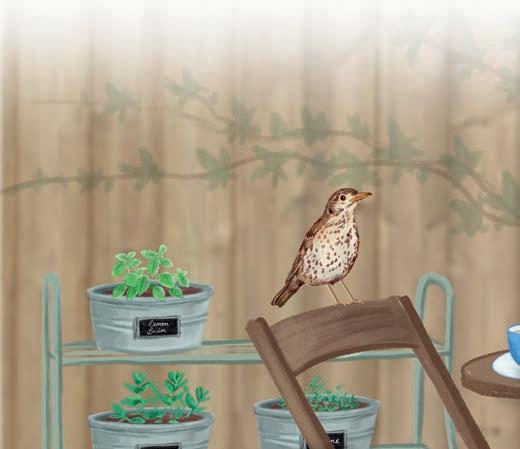
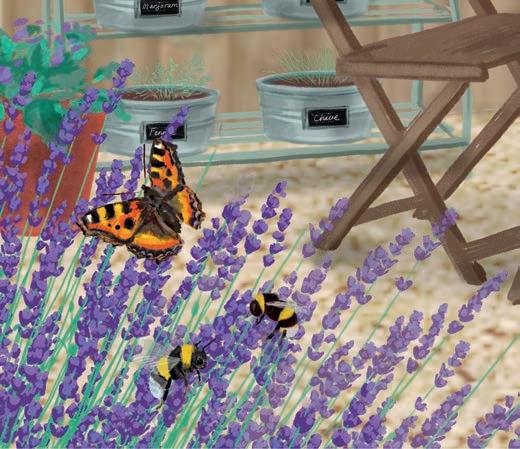
window box, and adding more than one will widen your culinary additions. But do make sure the chosen plants like the same soil, water and light conditions.
An expert herb grower, Jekka McVicar, mainly grows her herbs in raised beds. These are easier on the back when gardening, but it also means she can control the soil conditions and can contain those herbs that like to spread. If you only have a border but want to grow something like lemon balm that will quickly spread everywhere, put it in a large bo omless pot, which will help to restrict the roots.
Herbs are a gateway plant to get people, especially children, gardening as they are easy to grow. And alongside this they a ract bees, bu erflies, moths, birds and other beneficial insects into the garden, so it’s win win. There’s not much else I like be er than to take a hot cup of water into the garden and pick my own tea!



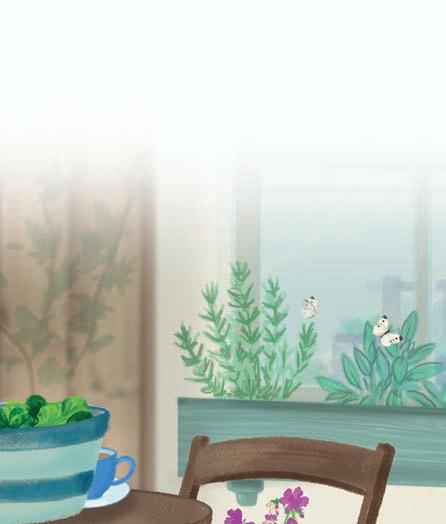

Arit Anderson is a garden designer, writer, podcaster and presenter for Gardeners’ World. She is also a trustee for the National Garden Scheme, Patron for Tuppeny Barn and Cultivate London, and an Ambassador for the RHS.
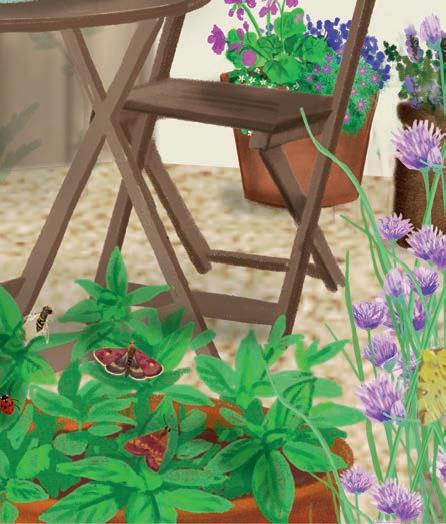

Copes with most soils and dappled shade and is a magnet to many pollinators. Borage flowers look super impressive captured in ice and served in drinks.
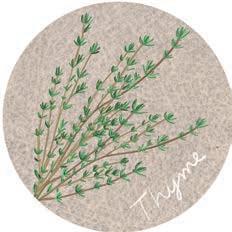
Thyme
Thrives in sun and welldrained soil and flowers throughout the summer, making this a popular herb with pollinators. With so many varieties to choose from, they’re great for cooking.

Lemon balm
Spreads easily so it is best to keep it in a container. Renowned for a racting bees and I grow this for making herbal tea.
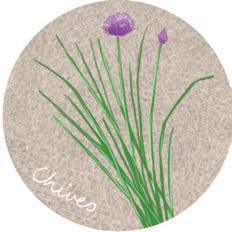
Chives
A moist but well-drained soil will keep chives happy, which in turn when flowering will keep many of our bees happy. The flowers are edible and add a splash of colour to salads.
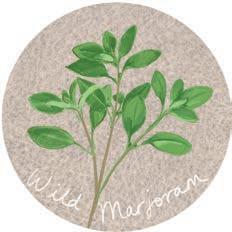

Wild majoram
Otherwise called oregano, this is a fantastic plant. Best in welldrained soil, bees and bu erflies love it and it’s great for flavouring Mediterranean dishes!
Fennel
Keep in light, well-drained sandy soil. Great for hoverflies and ladybirds and once they go to seed in autumn, birds can feed on them. One of my favourites.
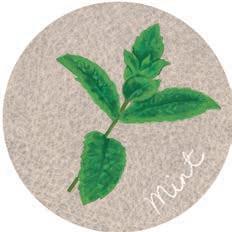
Thrives in most soils, it’s so easy to grow and its flowers a ract bees, moths, bu erflies and other pollinators. A hardworking herb that li s salads, sauces and drinks! Loves to spread out, so contain it in a pot if you don’t want a garden full.
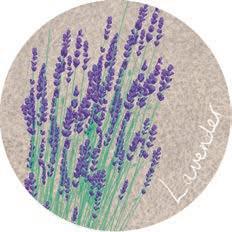
Lavender
A sunny spot on well-drained soil is best. Bees and bu erflies can’t keep away! I had my first lavender scone on the Isle of Wight and it was delicious!
Coronation Gardens for Food & Nature
For information and advice on growing delicious herbs and wildlife-friendly fruit and vegetables in your garden, visit mycoronationgarden.org









“Even in a busy city there’s nature to be discovered and appreciated”
Maddy Gage has watched awesome golden eagles soaring across the Mongolian steppes, but these days she spots wild owers growing through cracks in Leicester city’s pavements. Being in nature and watching wildlife is a family a air, as she tells Wendy Tobitt.

“Our instinct as a family was to be outdoors as much as possible.”


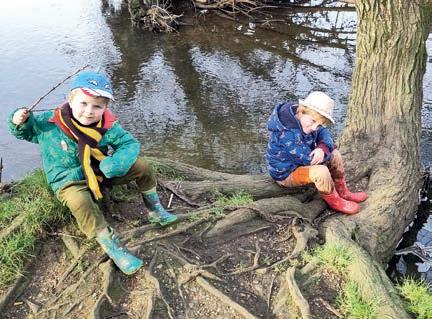

My mum Alison is very interested in nature and as a child I’d listen to her talking about the birds we heard and saw on our walks. I just took it all in. Birds of prey caught me first! I was 10 years old when I watched a film about a group of kids trying to stop people stealing the eggs of peregrine falcons. I was fascinated by birds of prey from that moment.
I joined the school eco-club and became aware of the impacts people had on the wider environment. I was one of those kids telling their classmates to stop dropping li er! We went to the Centre for Alternative Technology in Wales, which opened my eyes to the beauty of nature and how we should work with the natural world to look a er it.
My grandparents had a VHS tape of a David A enborough programme, which I watched many times. When I was 13 years old, I wanted to be an environmentalist like him.
In 2007 I went travelling to Asia where I met remarkable people living respectfully with their natural environment. In Outer Mongolia around half the population were nomadic, taking care of nature around them and working with it. I was drawn to cultures that hadn’t embraced the technologies that we had back home. These people really valued the nature they loved.
That influenced me and the way I wanted to live.

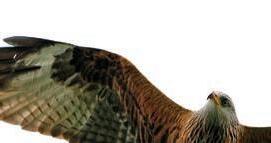
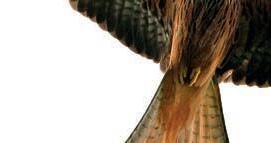
One evening camping in the desert we saw a golden eagle soaring in the distance, it was a wonderful sight. It had a snake in its talons as it flew across the se ing sun; that was a memorable experience.


My mum has been a big inspiration! She helped to set up the Belgrave Library Community Garden in Leicester in a park where she’d seen contractors spraying weedkiller. It’s a brilliant initiative which is now part of the Trust’s Nextdoor Nature project.
How did you cope with the Covid lockdowns? It was really stressful. I was working in pastoral care for a sixth form college, and I had Oscar who was then four and Toby, two, at home with me. I felt guilty about not doing enough with them and guilty about not doing enough for the pupils and parents who were also struggling at that time.
“I saw so many birds, including marsh harriers, barn owls and kestrels.”
Our daily walks in Aylestone Meadows Local Nature Reserve, which is close to where we live, were a real lifesaver and reignited my love of nature. I’d lost sight of the joy of nature that I’d had earlier in my life. Toby soon found an interest in birds, while Oscar became very interested in insects. Our instinct as a family was to be outdoors as much as possible and we started exploring nature reserves with my parents.
My mum was on the same journey rediscovering nature. We both started
Nature’s everywhere! PAUL HOBSON

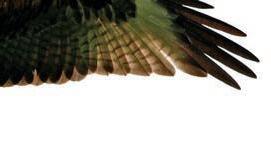

feeding birds in our gardens and I saw goldfinches for the first time. We got bird books and signed up to birdwatching at Rutland Water, starting with a wetland bird walk with Terry. It was a real eyeopener because I started to appreciate just how many types of duck there are.
We went on a birdsong walk and saw 75 species – by this time I’d started making lists – and I saw my first treecreeper and red kite. It wasn’t enough for me! I wanted to be doing more, especially with birds of prey.
Volunteering with the Osprey Project was something I could do in my spare time, especially with mum driving me there and my dad looking a er the boys while I was monitoring the nests. It was an amazing experience; I saw so many birds including marsh harriers, barn owls and kestrels.
Do your boys love nature too?
When he was younger Oscar collected slugs and snails from the garden to bring indoors and look at closely. I still find a slug or two in the house! Both boys have binoculars so they can see creatures closeup without disturbing them. They know that if I see birds of prey, I will stare at them until they’re out of sight.
As a family we’re always excited by the BBC Watch programmes. We went to Chris Packham’s Hen Harrier Day where Oscar was filmed talking to Megan McCubbin about his pet praying mantis.
Where will you go to see nature in the holidays?
We’ll go with my parents to A enborough Nature Reserve in No inghamshire because it’s easy to get to by train and there are activities for the children to do. Toby’s favourite bird is the barn owl, so we’ll visit Cossington Meadows where we’re likely to see them. We will take our binoculars to be more observant and appreciate the beauty of these wonderful birds.
Even in a busy city like Leicester there’s nature to be discovered and appreciated. You just need to look around you, see what’s growing against the fences and walls, between the cracks in the pavement, and watch the bees and bu erflies feeding on the flowers.


What advice can you give parents with young children?
young children?


Make time to take them out into nature then back up their interests with books about wildlife. Oscar loves his fact books and is into Steve Backshall’s Deadly 60 series.
Spending time with Oscar and Toby in Aylestone Meadows when they were young meant they were constantly taking in everything around them. They will be aware of nature all their lives.
Make time to take them out into nature then back up their interests with books about wildlife. Oscar loves his fact young meant they were constantly taking aware of nature all their lives.
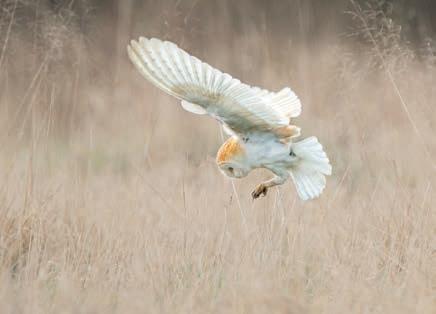
Barn
Contact us if you or someone you know could feature in a future issue of Wild. We’re looking for inspiring stories from people like you!
Email info@lrwt.org.uk
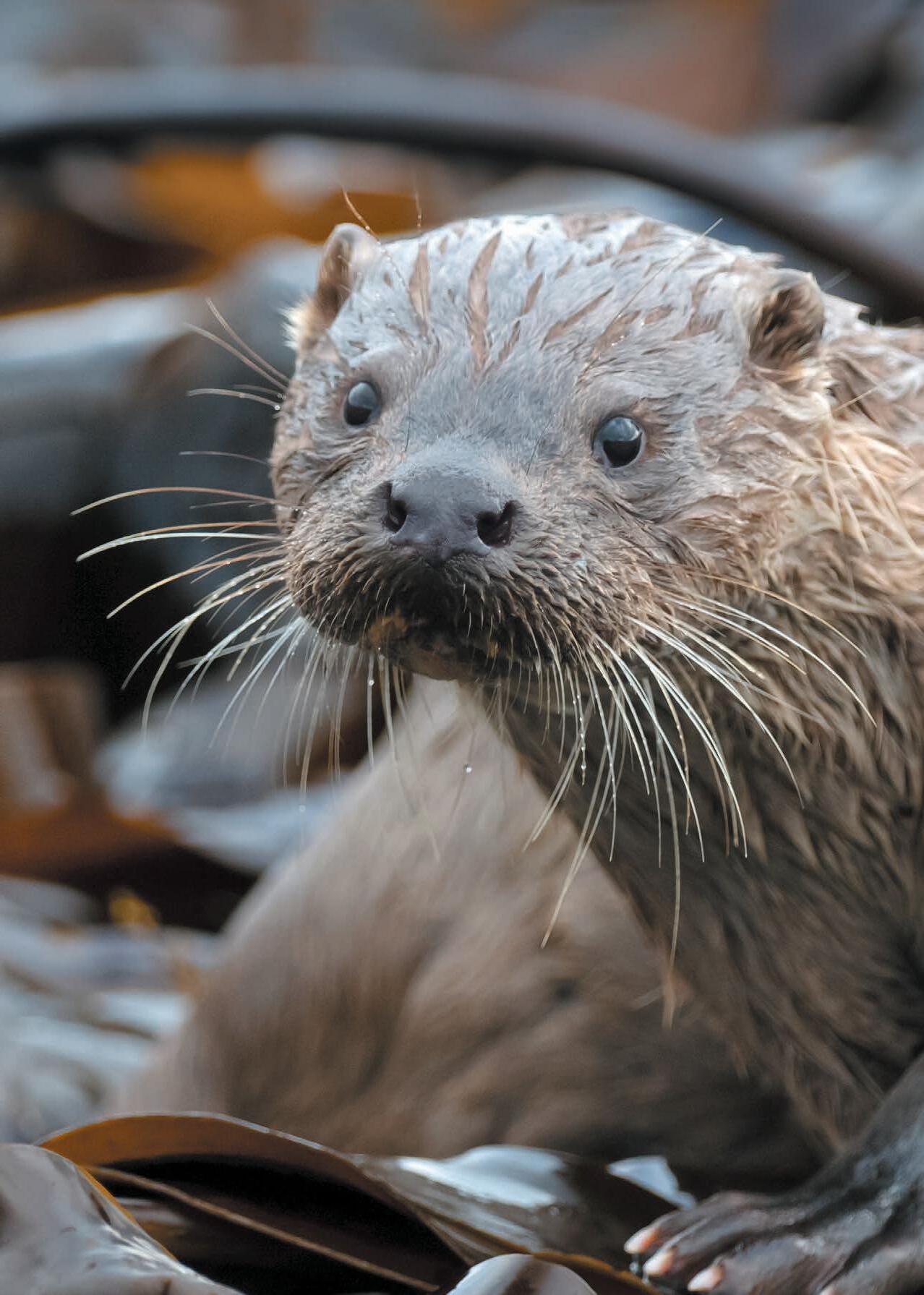
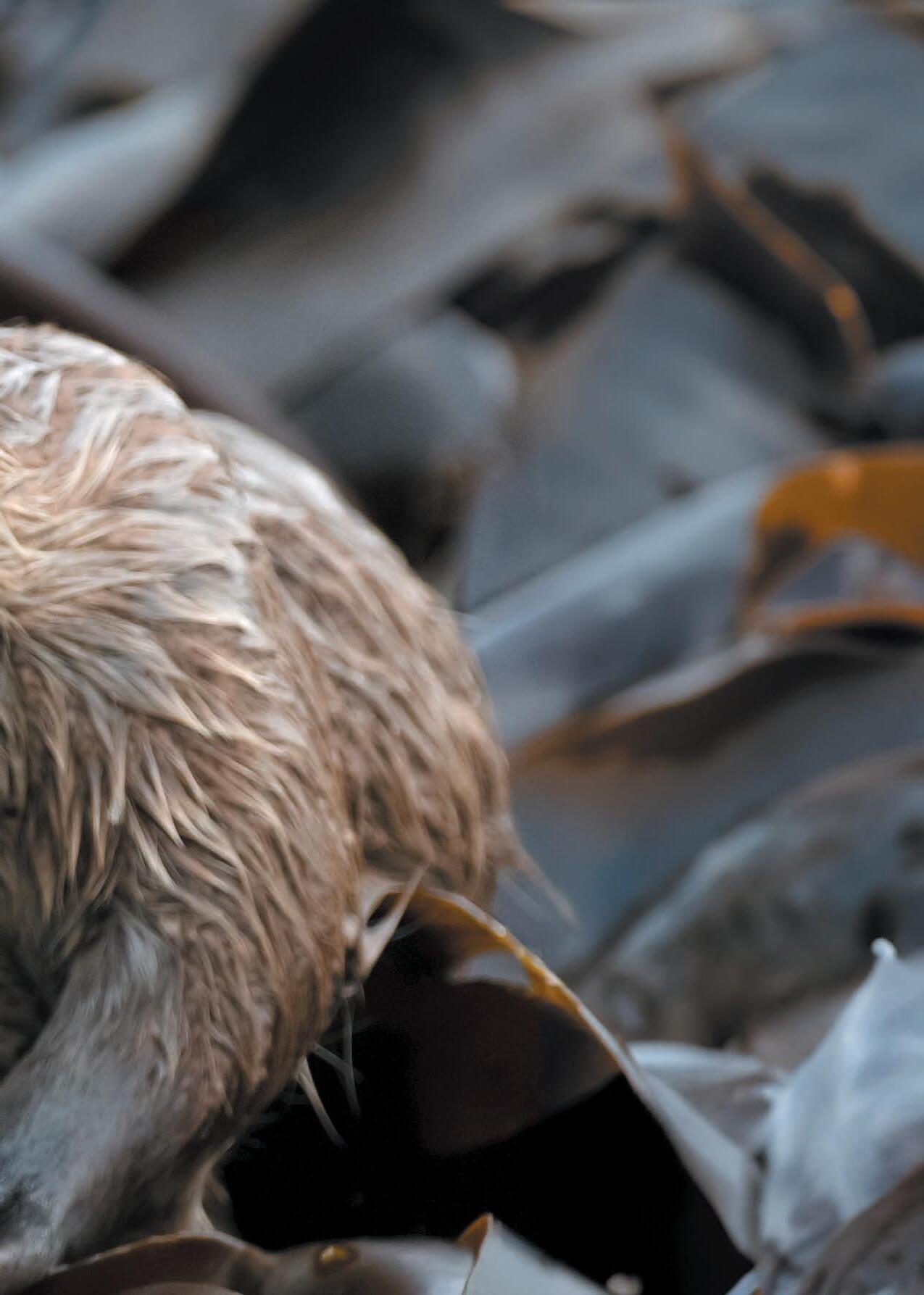



Katherine Hawkins, nature policy manager at The Wildlife Trusts, gives an update on the State of Nature report and what it means.

The State of Nature report is perhaps the most comprehensive account of the status of wildlife in the UK. It is produced by a partnership led by the RSPB, consisting of scientists, data analysts, nature conservation experts and communicators from across more than 60 organisations –including The Wildlife Trusts. The aim is to use the best available data from the past 50 years to be er understand and share information on the status and trends of habitats and species across the UK (and the Crown Dependencies and Overseas Territories). As well as presenting data and stats, the report also tries to explain the reasons behind the numbers. The findings are widely used to demonstrate the need for greater action for wildlife and to help focus efforts.
The first State of Nature report was published in 2013 and then again in 2016 and 2019. Unfortunately, the latest report – launched in September 2023 – shows that wildlife across the UK is continuing to decline.
The UK continues to be one one of the most nature-depleted countries in the world.
But it isn’t all bad news. We know the reasons for the declines. We know that conservation actions work. We know what needs to be done.

Around one in three amphibians and reptiles, including the common lizard, are at risk of extinction in the UK.
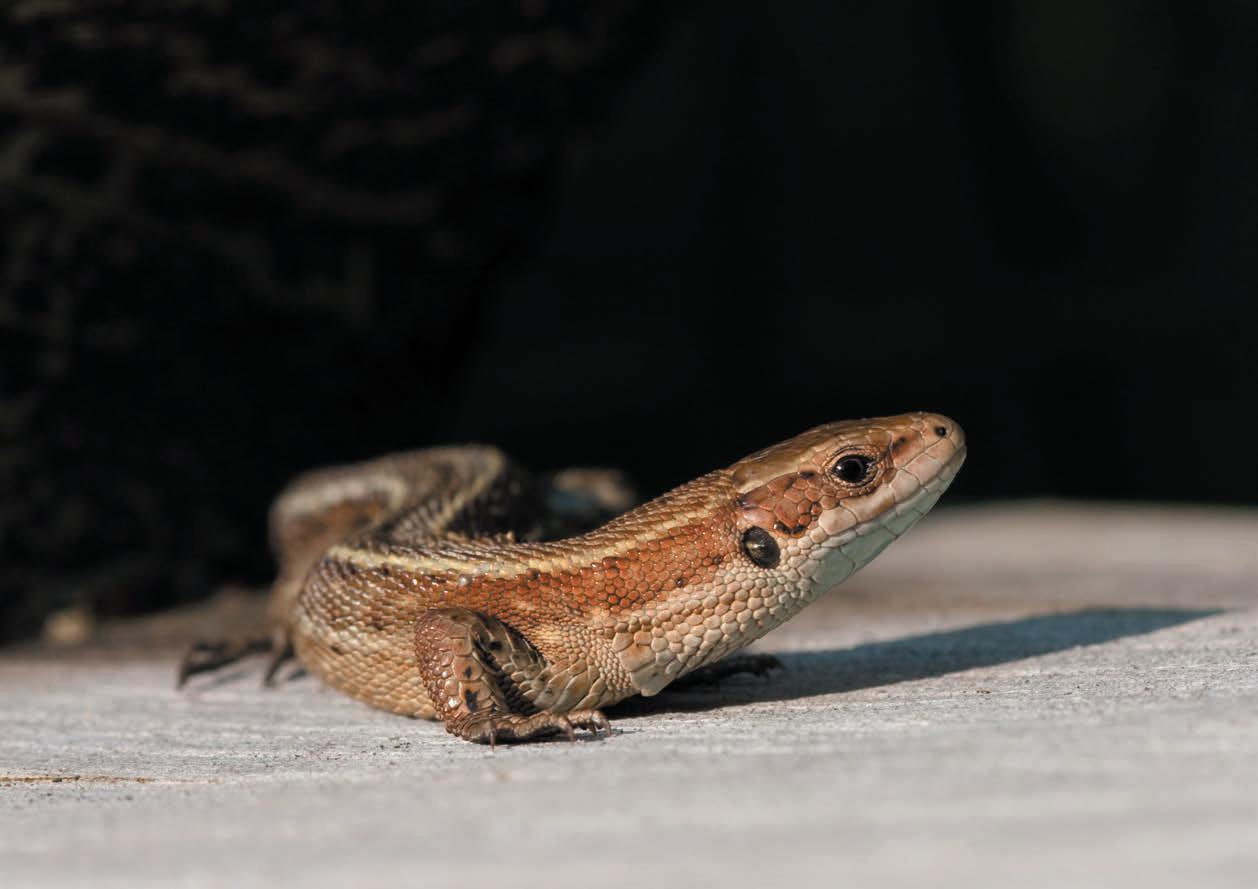
Fewer and further between
Nearly one in six species is at risk of extinction in the UK.
That is one of the headline statistics from the report. However, when you drill down into the detail behind this alarming statement, the numbers are even more stark for some species. For example, 31% percent of amphibians and reptiles (i.e. one in three) and 26% of terrestrial mammals (equating to one in four) are at risk of extinction across the UK.
Abundance is a measure of the number of a single species. Across the UK, the overall abundance of all the species studied has declined on average by 19% since 1970. However, a single number for all species masks some worrying long-term trends. The average abundance of moths has declined by 31% since 1970 and the rate of decline has not slowed. At sea, grey seal numbers have increased as they recover from historic hunting pressures but the numbers of 13 species of seabird have fallen by an average of 24% since 1986.
The numbers of common breeding birds has declined by 14% whilst farmland birds have suffered particularly strong declines in abundance of on average 58%. Whereas rare or colonising bird species
have shown a strong increase over the long-term to 2020. This increase is due to some species recovering from very low population numbers – so it looks like a big increase – and the arrival of colonising species as a result of climate change.
Where species are found across the UK (known as distribution) is also changing. Since 1970, 54% of flowering plants have decreased in distribution across Great Britain. Invertebrates, such as insects and spiders, have been found, on average, in 13% fewer places now than in 1970. For those species that are important for pollination and crop pest control, the declines in abundance are even greater.
The report also considers habitat condition. Of the habitats important for wildlife, just one in seven of those assessed were in good condition and, worryingly, just 7% of woodlands and 25% of peatlands were assessed to be in a good state. None of the seafloor around the UK was found to be in good condition, mainly due to damage caused by fishing gear.
State of Nature reports on species changes since about 1970 when monitoring and data collection became more widespread and systematic. Before that, the UK had already experienced significant nature loss because of wildlife persecution and the way land use has changed.


Flowering plants, like many orchids, are 54% scarcer than 50 years ago.

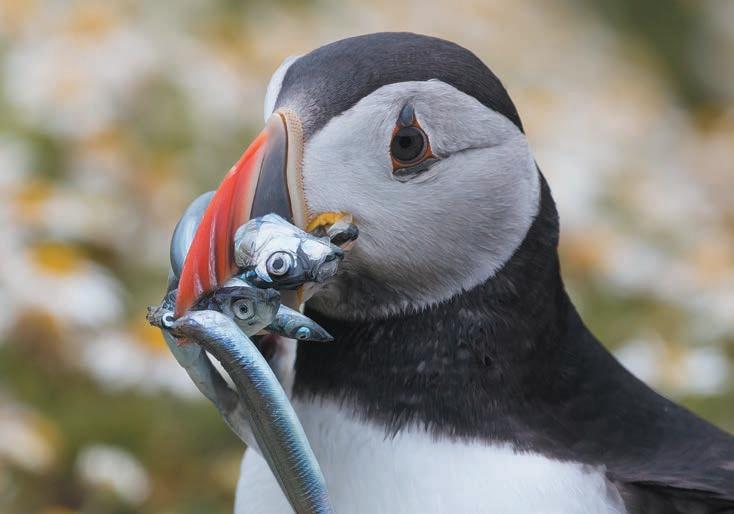
Seabirds, like pu ns, are su ering from the e ects of the climate crisis.
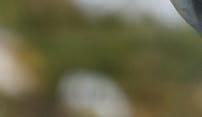
Historically, the main drivers of decline have been habitat loss, development and the intensive way we manage our land and harvest our seas. These effects continue but are now being exacerbated by the impact of climate change and extreme weather events.
Species recovery and habitat restoration projects make a difference. Improving habitat is good for nature and for people but it also helps to mitigate and adapt to the impacts of climate change. For many years, The Wildlife Trusts and a multitude of other organisations have been working tirelessly to restore the natural environment. We know what we are doing makes a difference but when pi ed against increasing and external pressures, wildlife has continued to decline.
The State of Nature report sets out how effective targeted conservation effort has helped. For example, habitat management work has helped to stabilise populations of the Duke of Burgundy bu erfly in the North York Moors and, nationally, the threat level for the bu erfly has been changed from endangered to vulnerable. Skylark numbers are still falling but more positive trends have been seen where certain agri-environment grants aimed at nature-friendly farming have been adopted.

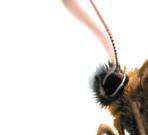
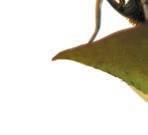
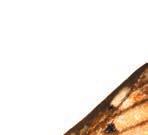




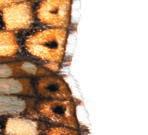
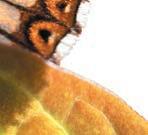

In Scotland, targeted agri-environment action has supported corncrake numbers with increases from fewer than 500 males in 1993 to nearly 1,300 in 2014. Protected areas – such as nature reserves – make a difference too. For example, State of Nature reports on research that has shown that protected areas had almost double the number of rare invertebrates compared to unprotected areas. Protected areas also help species that need to move because of climate change. In the future, the species found on protected areas may change but their importance for nature will remain.
The Wildlife Trusts will continue to lead the way in large-scale, ambitious nature recovery projects, such as restoring temperate rainforests across the west of the British Isles and many river restoration projects across the UK, where beavers have been released.
There are also things we need governments to do, such as properly fund nature-friendly farming schemes and more tightly regulate the water industry to halt the pollution of our rivers. The UK Government has also commi ed to protect and effectively manage at least 30% of land and sea by 2030 through the Global Biodiversity Framework (agreed in December 2022). Responsibility for the environment is devolved, meaning each country of the UK will develop their own way of reaching 30% by 2030. An essential component though will need to be about making a significant difference to nature’s recovery with greater action and implementation as a ma er of urgency.


We are in a nature and climate crisis, but like CPR we know that landscape-scale conservation can jump start damaged natural ecosystems and save the precious lives of our beautiful native species.
Find out more here:
wtru.st/bringing-wildlife-back
May – August 2024
Connect with nature on one of our events
Our full events programme can be found online. Check there for further details, including how to book, prices, times, and venue. Anyone booked on an event or volunteering activity will be notified of any changes. New events are constantly being added, so please check regularly for the latest updates: lrwt.org.uk/events






Charnwood Local Group
Indoor meetings: Woodhouse
Eaves Village Hall, 50 Main St, Woodhouse Eaves, Loughborough, LE12 8RZ. Admission £3 members, £3.50 non-members, children free.
Check website for walk events. Contact Kate Moore on 01509 891005, katemoore123@yahoo.co.uk
Great Bowden Local Group
Indoor meetings: The Village Hall, The Green, Great Bowden, LE16 7EU. Admission £4. Contact Bruce White on 01858 467976.
Melton Mowbray Local Group
Indoor meetings: United Reformed Church, 2 Chapel St, Melton Mowbray, LE13 1LZ.
Ashby-de-la-Zouch, LE65 2LF.
Admission £3. Contact David Maltby on 01530 222934 or Margaret Mabey on 01530 412410.
Rutland Local Group Indoor meetings: Volunteer Training Centre, off Oakham Road, Hambleton, LE15 8BP. Admission £2.
Attend in person or on Zoom. Contact Becky Howard on 07908 252271.
Leicestershire & Rutland Badger Group Meetings held online via Zoom. Contact Dr David Duckett on 0116 259 7231, info@badgergroup.org.uk
Leicestershire & Rutland Bat Group
Admission £1.50 members, £2 non-members. Contact Peter Dawson on 01664 852119, peter. dawson69@ntlworld.com
North West Local Group
Indoor meetings: Ashby Methodist Church, 5 Burton Road,
Please wear warm clothes and appropriate footwear and bring a torch. Some bat detectors will be available but if you have your own, please bring it. Events may be cancelled in adverse weather. Walks are free to bat group members and £3 for others. Booking essential.
Rutland Water Nature Reserve: Anglian Water Birdwatching Centre
Fri 3 May, 9.30am – 12.30pm
Guided Walk with Je Your guide, Jeff Davies, has a wealth of wildlife experience and knowledge, which will make your morning’s stroll both enjoyable and informative. £10pp (£5 Annual Permit Holder).
Rutland Water Nature Reserve: Volunteer Training Centre
Sun 5 May, 5-9am
International Dawn Chorus Day
Set an early alarm for a walk around Rutland Water to enjoy the spectacular dawn chorus. Followed by a continental breakfast. £25pp (£19 Annual Permit Holder).

Cossington Meadows
Weds 8 May, 8-10am
Spring Warblers Walk
John Chris Hill to tune into the morning birdsong of whitethroats, blackcaps, willow warblers and more.
Charnwood Group
Weds 8 May, 7.30pm
Bats are Amazing!
Peter Proudlove introduces the lifecycle and ecology of UK bats. Followed by a walk around Woodhouse Eaves to see which bats are about. Wear sturdy footwear, bring a torch and a bat detector if you have one.
Rutland Water Nature Reserve: Volunteer Training Centre
Sun 12 May, 8-10am
Dawn Chorus Walks for Late Risers
Perfect for later risers! Join us to listen to the dawn chorus and enjoy a morning walk around Rutland water with expert volunteers. £19pp (£12 Annual Permit Holder).
Kelham Bridge Fri 17 May, 9-11am
Spring Wildlife Walk
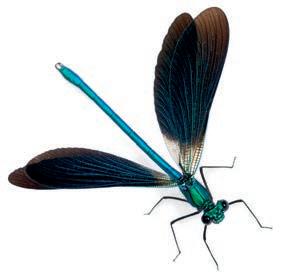
Rutland Water Nature Reserve: Anglian Water Birdwatching Centre
Fri 17 May, 9.30am – 12.30pm
Guided Walk with Je
See 3rd May for details.
Rutland Water Nature Reserve: Volunteer Training Centre
Sat 18 and Sun 19 May, 9.30am – 4pm
Drystone Walling
Get to grips with the skills necessary to make your own drystone wall. £99pp.
Loughborough Big Meadow
Weds 29 May, 10am
Botany of Loughborough Big Meadow
Join Chris Hill to on a walk explore these botanically diverse meadows.
Cossington Meadows
Weds 5 June, 8.30-10pm
Barn Owl Search
Wild Walk led by Chris Hill to look for barn owls as they head out to hunt for the night.

Andy Neilson leads us around this magical reserve alive with warblers and birds of prey such as kestrel, merlin and buzzards.
Save the date!
This year we are looking to hold a combined Annual General Meeting and Members’ Weekend on 23 to 24 November. More details will be provided in due course, but for now we would encourage you to hold the dates in your diary if you’d like to attend!
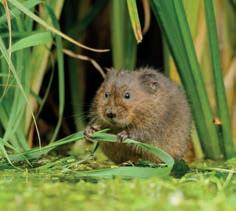
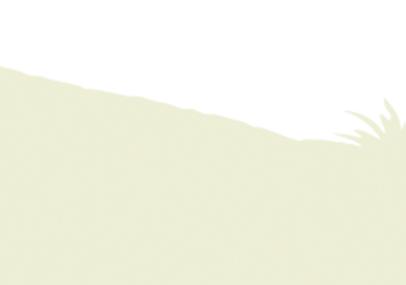

Leicestershire & Rutland Bat Group
Fri 7 June, 9-10.30pm
Dusk survey of soprano pipistrelles
Join the annual count, with the help of bat detectors at Egleton Church, LE15 8AD.
Melton Mowbray Local Group
Sun 9 June, 11am-4pm
Holwell Nature Reserve
Open Day
Learn more about the reserve with guided talks, refreshments and children’s activities. A fantastic family day out.
Leicestershire & Rutland Bat Group
Tues 11 June, 9-10.30pm
Dusk survey of soprano pipistrelles
The annual bat count continues at Braunston-in-Rutland Church, LE15 8QS.
Charnwood Lodge
Fri 14 June 9am – 12pm
Birds and Butter ies
Andy Neilson leads this members only walk in the search for winged wonders large and small.
Rutland Water Nature Reserve: Anglian Water Birdwatching Centre
Fri 14 June, 9.30am – 12.30pm
Guided Walk with Je
See 3rd May for details.
Rutland Water Nature Reserve: Volunteer Training Centre
Thurs 20 and Fri 21 June, 10am – 4pm
Botanical Art Course
Try your hand at art and connect with nature with botanical artist Dawn Wright. £99pp. Opportunity to purchase an art pack on the day at £12 each.

Rutland Water Nature Reserve: Anglian Water Birdwatching Centre
Fri 21 June, 9.30am – 12.30pm
Guided Walk with Je
See 3rd May for details.
Rutland Water Nature Reserve: Volunteer Training Centre
Sat 22 and Sun 23 June, 9.30am – 4pm
Drystone Walling
See 18th May for details.
Merry’s Meadow
Tues 25 June, 10am
Summer Wild ower Walk
Join Sarah Bedford on this Wild Walk and revel in a meadow in full floriferous glory.
Rutland Water Nature Reserve: Anglian Water Birdwatching Centre
Fri 28 June, 9.30am – 12.30pm
Terry’s Birdwatching Walks
See 17th May for details.
Osprey Cruises on Rutland Water
Leicestershire & Rutland Bat Group
Fri 5 July, 9-10.30pm
Bats and Glow-Worms at Ketton Church & Quarry Look for pipistrells and Daubenton’s bats over the river and, if we’re lucky, Noctule bats. Once dark, head over to the old quarry grassland to admire the glow-worms. Meet at Ketton Church.
Cloud Wood
Mon 8 July, 10am –12.30pm
Butter ies and Orchids
Join Andy Neilson on a walk to admire the butterflies and orchids of this special reserve.
Ke on Quarry
Fri 12 July, 1.30-3.30pm
Butter ies Walk
Brush up on your butterflies on this walk led by Sarah Bedford.
Dates: May 25 & 29; June 1, 5, 12, 15, 19, 26 & 29; July 3, 6, 12, 13, 17, 20, 24 & 31; Aug 7, 14 & 17
Take a guided trip with members of the Osprey Team aboard the Rutland Belle. With luck, you will enjoy views of the birds diving for sh, making it a trip to remember. On the day of each cruise there is an optional talk at the Lyndon Visitor Centre, starting at 2pm and lasting around 30 minutes.
The 90-minute evening cruises leave from Whitwell Harbour on the north shore of Rutland Water (LE15 8BL). Adults £28, Under 16s £18. Parking included in price.
Look out for a series of free events marking our Local Nature Recovery Strategy over the summer.
Leicestershire & Rutland Bat Group
Sat 27 July, 9.15pm
Walk at Zouch
LE12. A walk through fields and along the River Soar. Email batevents@outlook.com to book.
Leicestershire & Rutland Bat Group
Sat 3 Aug, 9pm
Walk at Moira Furnace
A walk along the canal and through the furnace plantation.

Rutland Local Group
Sat 30 June, 2-4pm
Bloody Oaks Quarry visit

Explore this limestone grassland nature reserve. Meet at the reserve. No need to book and free to attend.
North West Local and Leicestershire & Rutland Bat Groups
Fri 5 July, 8.30pm
Dimminsdale
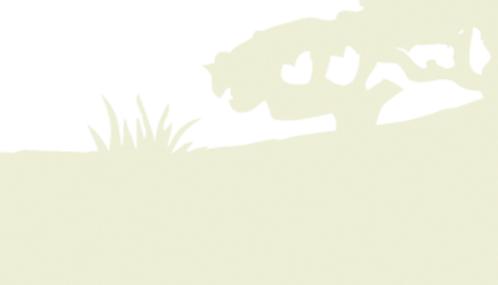
A joint walk around Dimminsdale nature reserve to see and hear the wonderful world of bats in a unique setting.
This programme is liable to change or cancellation, for which LRWT can accept no liability. Members and non-members are welcome unless otherwise stated.
Rutland Water Nature Reserve: Volunteer Training Centre
Sat 13 and Sun 14 July, 9.30am – 4pm
Drystone Walling
See 18th May for details.
Charnwood Lodge
Tues 16 July, 1.30-4.30pm
Geology Walk
Richard Ellison reveals the geology of Charnwood Lodge on this Wild Walk.
Cossington Meadows
Sun 4 Aug, 1-3pm
Dragon y Walk
Marvel at the dragonflies of Cossington Meadows on this walk with Ian Merrill.
Rutland Water Nature Reserve: Anglian Water Birdwatching Centre
Fri 9 Aug, 9.30am – 12.30pm
Guided Walk with Je
See 3rd May for details.
Rutland Water Nature Reserve: Volunteer Training Centre
Sat 10 and Sun 11 Aug, 9.30am – 4pm
Drystone Walling
See 18th May for details.

Rutland Water Nature Reserve: Anglian Water Birdwatching Centre
Fri 19 July, 9.30am – 12.30pm
Guided Walk with Je
See 3rd May for details.
The Palace Ibstock
Sat 10 Aug, 10am – 4pm
Ibstock Summer Safari
Join a family-friendly safari into the wilds of Ibstock, spotting wildlife art and learning about endangered animals.
Rutland Water Nature Reserve: Anglian Water Birdwatching Centre
Fri 23 Aug, 9.30am – 12.30pm
Guided Walk with Je
See 3rd May for details.
Cossington Meadows

Fri 30 Aug, 10am – 12pm
Bird Survey Guided Walk
Volunteer Andrew Nielsen takes us on a guided walk around the reserve as he discusses the results of his monthly bird surveys.















Are you up for the 30 Days Wild challenge?


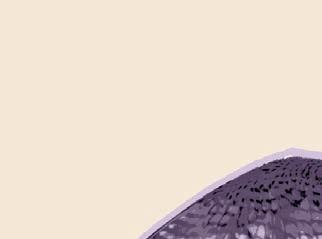






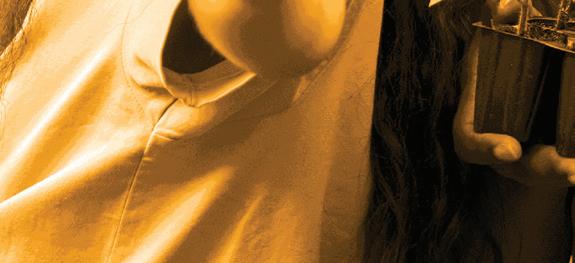





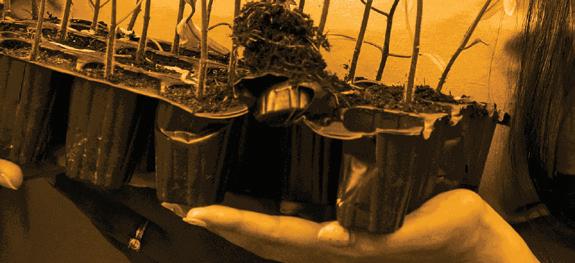
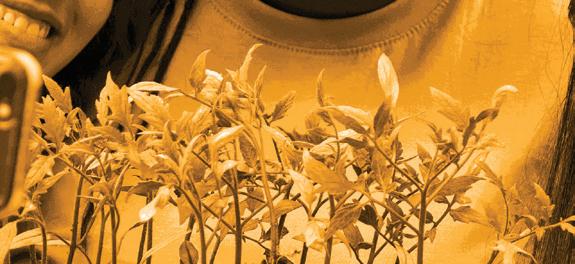



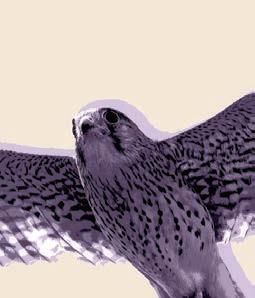








MORE CONNECTED, Challenge yourself to do something WILD every day in June. AND BECOME A NATURE HERO!




















